SoCal Shredder: Norman Reedus’ spicy Indian Sport Chief
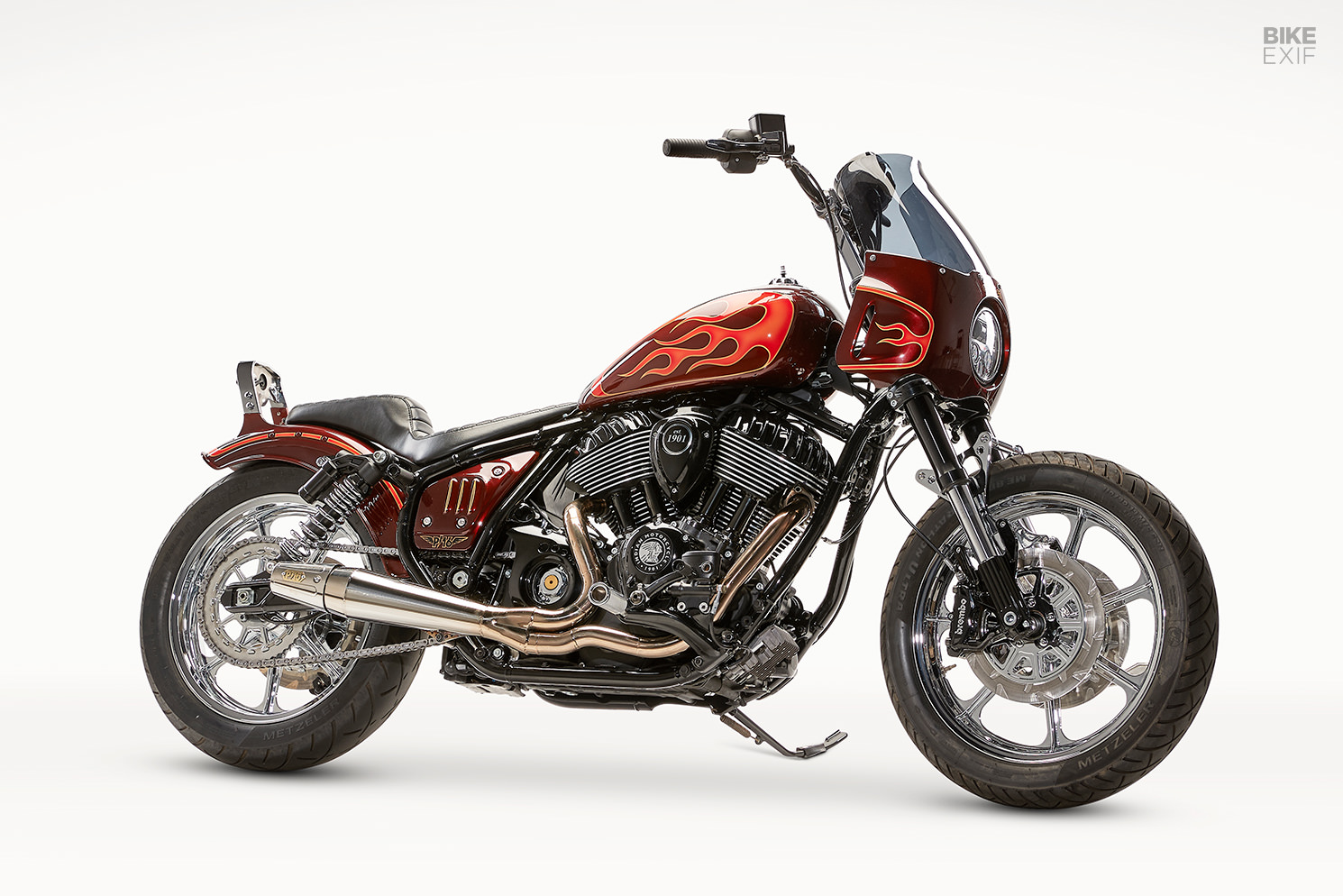
There’s no shortage of celebrities that own motorcycles, but that doesn’t make them real riders. Norman Reedus might be best known for his role on The Walking Dead—but he’s also spent five seasons chasing the passion of motorcycle riding with his own show, Ride with Norman Reedus. When it comes down to it, he’s just a guy that likes bikes and rides the hell out of them.
This is the latest addition to Mr Reedus’ stable—a brand new Indian Sport Chief, customized by Yaniv Even at Powerplant Motorcycles. It’s the ultimate LA machine for this LA motorcyclist, built by a stalwart of the LA custom scene.
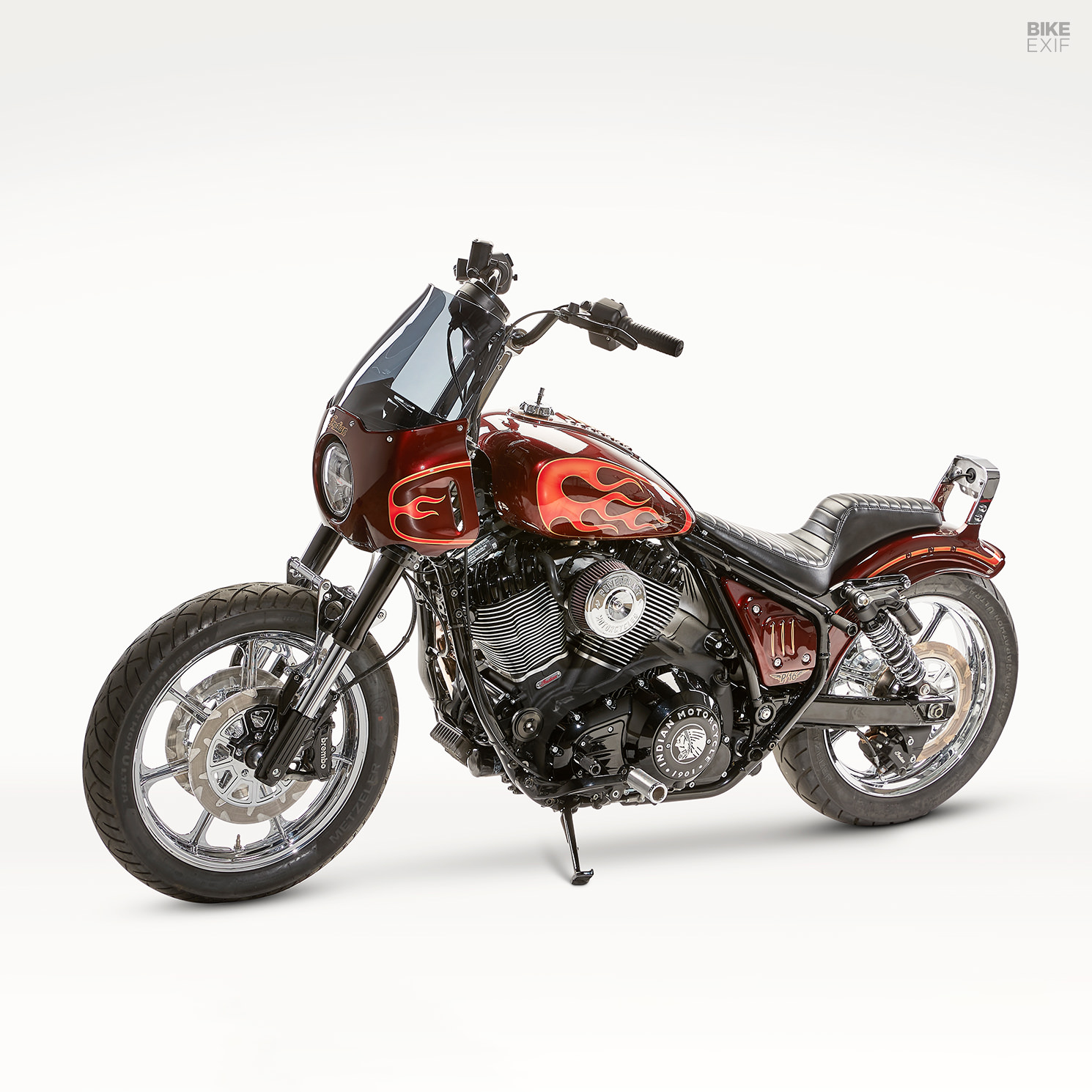
Just as London is known as the birthplace of café racer culture, Southern California is widely regarded as the first place that choppers and custom V-twin show bikes really started to take off. Long stretches of road curving along sunny beaches, with winding hills just inland; those early days were an idyllic setting for a custom hardtail hotrod with limited braking power. But that was before a few million people moved in and jammed up the works.
Now there are 12 major freeways in Los Angeles alone. If cars aren’t bumping along in traffic, the average speed is somewhere around 80 mph. So, like the roads, traffic, and just about everything else, choppers in LA have evolved—at least at Powerplant.
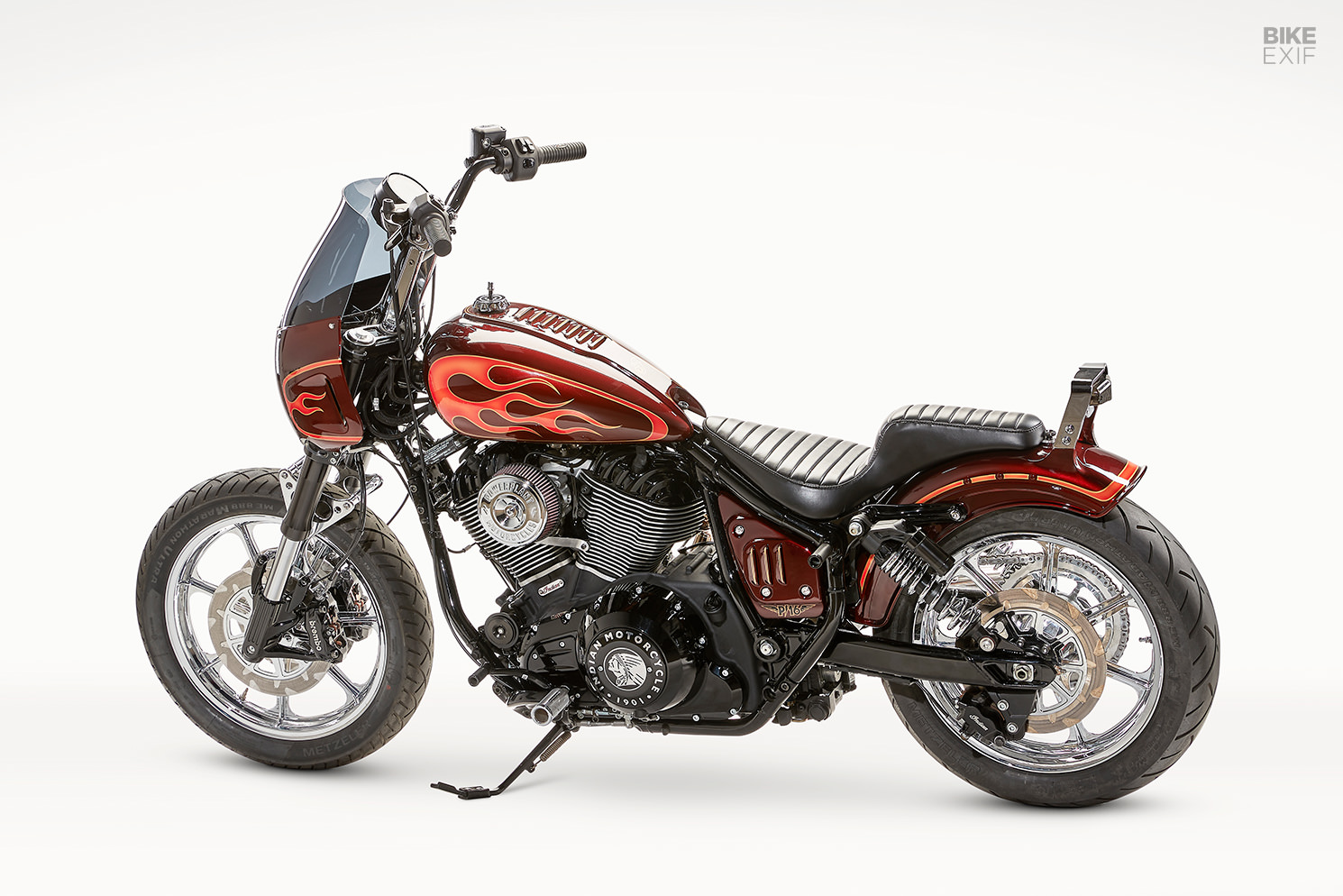
Located on Melrose Avenue in Hollywood, Powerplant has been working on hot rods and V-twins for a long time—and, as tends to happen, Yaniv’s style has morphed over the years. His focus on old school choppers and traditional forms has shifted towards high-performance components and a mixture between old and new. Now, he blends that early chopper influence with West Coast custom culture and modern technology.
So when Indian Motorcycle approached him to build a bike for familiar customer Norman Reedus, Yaniv built a modern hot rod perfect for shredding the streets of LA. Starting with a brand new Indian Sport Chief—a bike that’s essentially already a little hopped-up—he was after equal parts show and go.
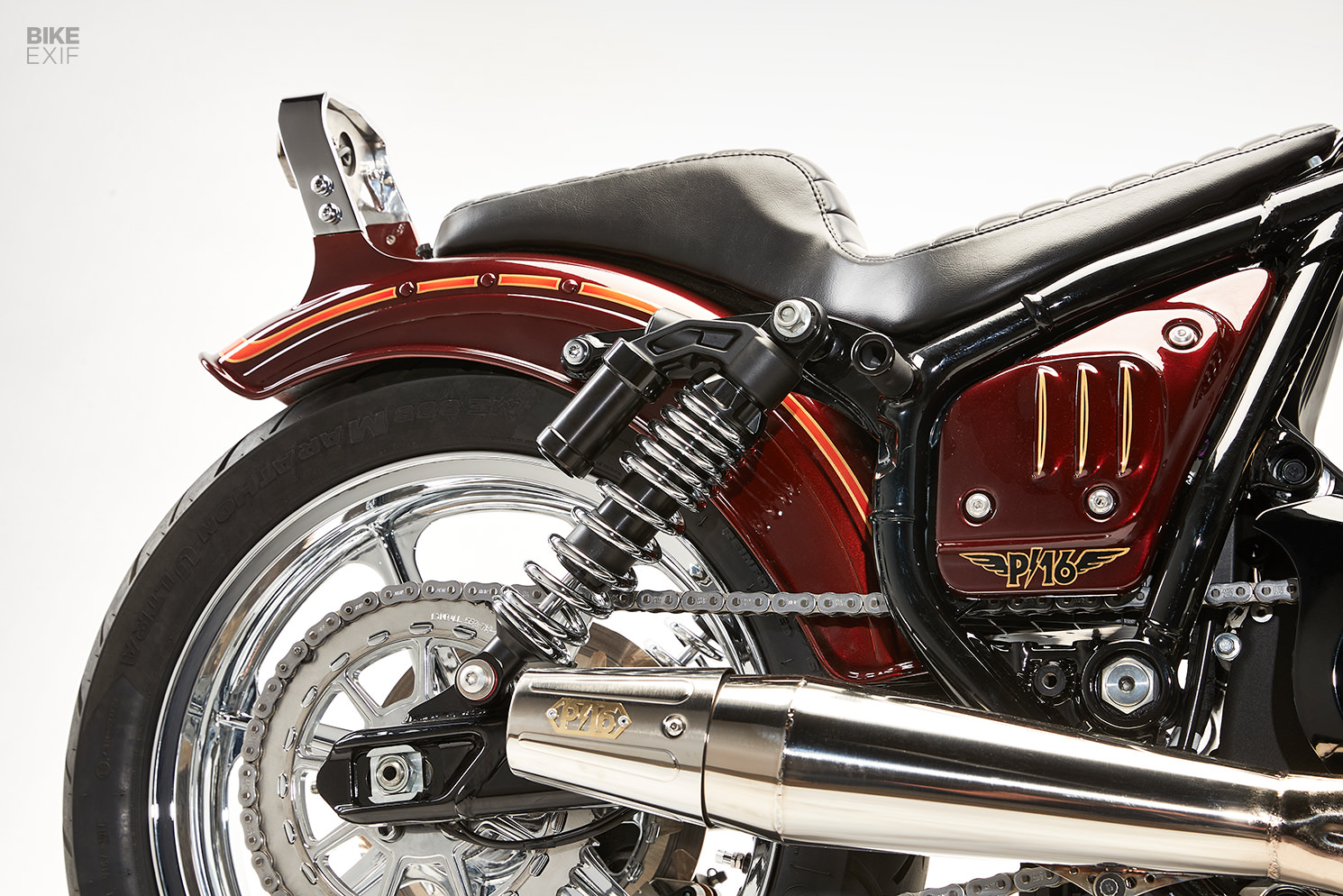
The rear section of the bike was slimmed down with narrowed rear shock mounts and relocated swingarm mounts, preparing the way for a slimmer rear wheel and new fender. The stock gas tank was also skinnied up as much as possible, while still retaining the stock fuel pump mechanism underneath. It sits higher on the frame now too, thanks to a reworking of the tank mounts.
To match the louvres cut into the sides of the Sport Chief’s OEM fairing, Yaniv stamped 3” louvres into the side covers and the gas tank’s center dash. It ties this original design element back to old school hot rod culture in a way the stock bike never did.
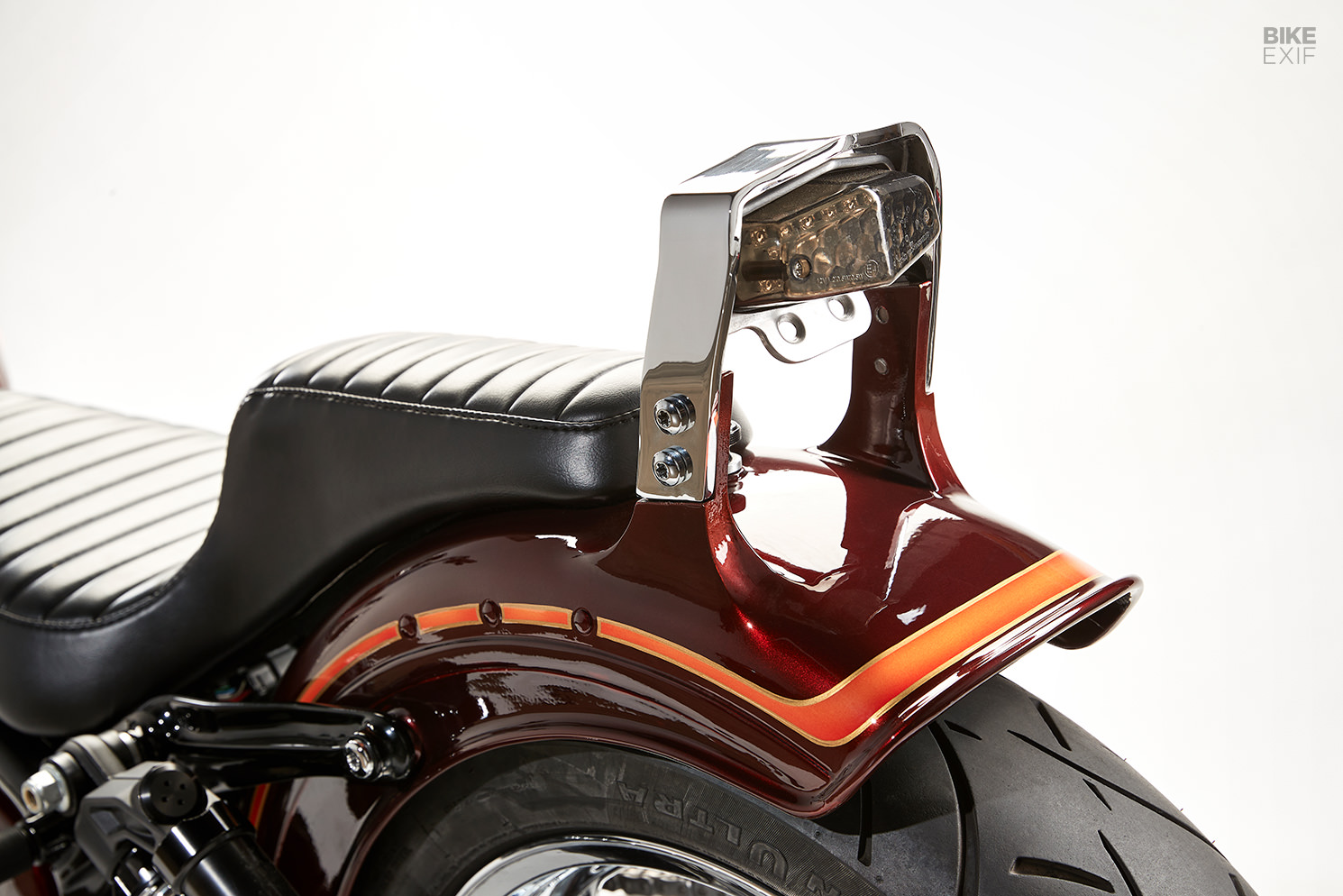
The tail section is a riff on Crazy Frank’s choppers, but done in Yaniv’s own way, with a blend of classic Indian Motorcycle style. It has an integrated backrest, license-plate mount and taillight mechanism, but with a lower shape reminiscent of early Indian Scout choppers. The seat pan was made custom, and a new seat was added in a classic cobra style; still able to carry to a passenger, as long as they don’t need foot pegs.
The wheels are chromed replicas of old Morris Mags, updated to fit the modern Indian’s brakes, sensors, bearings, and whatnot. 19 inches in the front and 18 inches in the rear give the bike an aggressive stance—upright with plenty of ground clearance. Lyndall Brakes made a set of chrome rotors to match, but a little smaller than stock to highlight that front wheel.
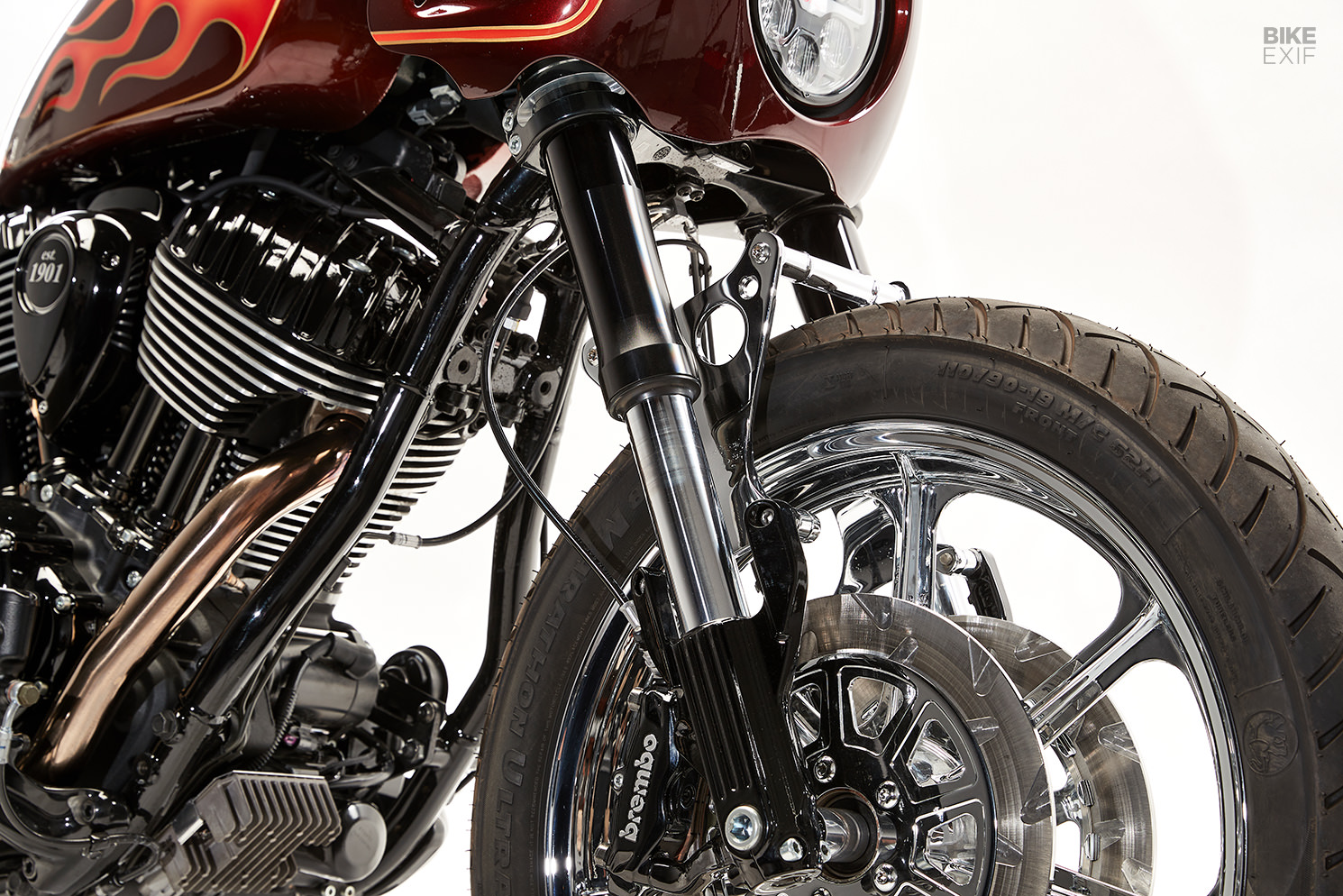
In order to run those smaller 11.5” rotors and a narrower front wheel, Yaniv had to machine down the fork lowers and make new caliper mounts, still working with the stock Brembo calipers. It’s these subtle details that take lots of work, and that really help deliver a stunning and unique machine.
Custom exhaust headers were fabricated in-house, and capped with a cone from Red Thunder. The system reduces weight, opens up the engine, and changes the auditory personality of the bike altogether. An upgraded air filter with a chromed Powerplant Motorcycles cover sits on the side of the motor.
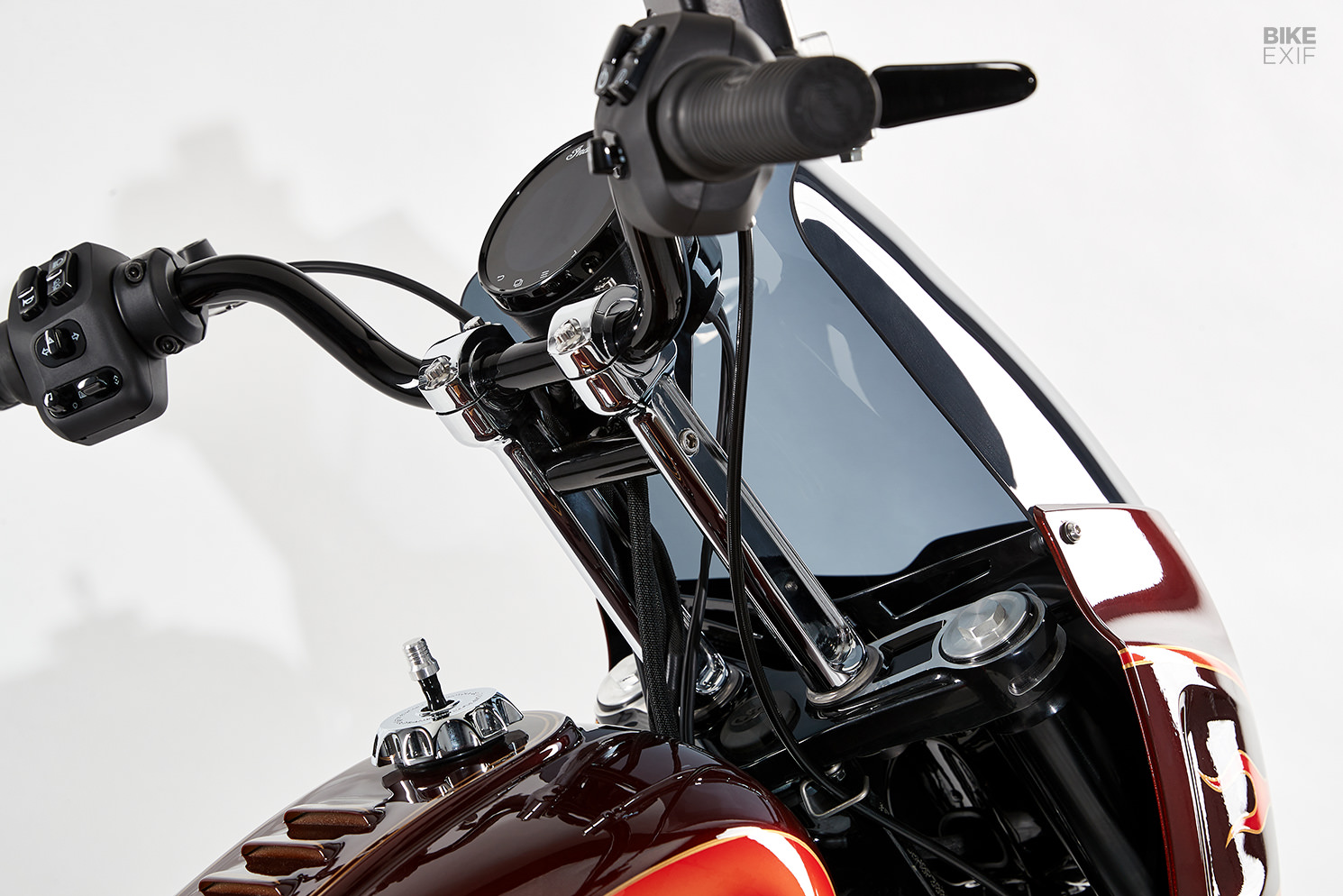
Up front, Yaniv made a set of 8” risers and one-off handlebars with a lot of pullback, which he says are just what this bike needs. Stock controls are retained, as is the Sport Chief’s digital gauge—but that gauge is now set on a custom mount in front of the riser clamp. Working with modern stock electronics is not easy, and Indian’s digital system displays everything from navigation and music to tire pressure, so it made sense to keep it.
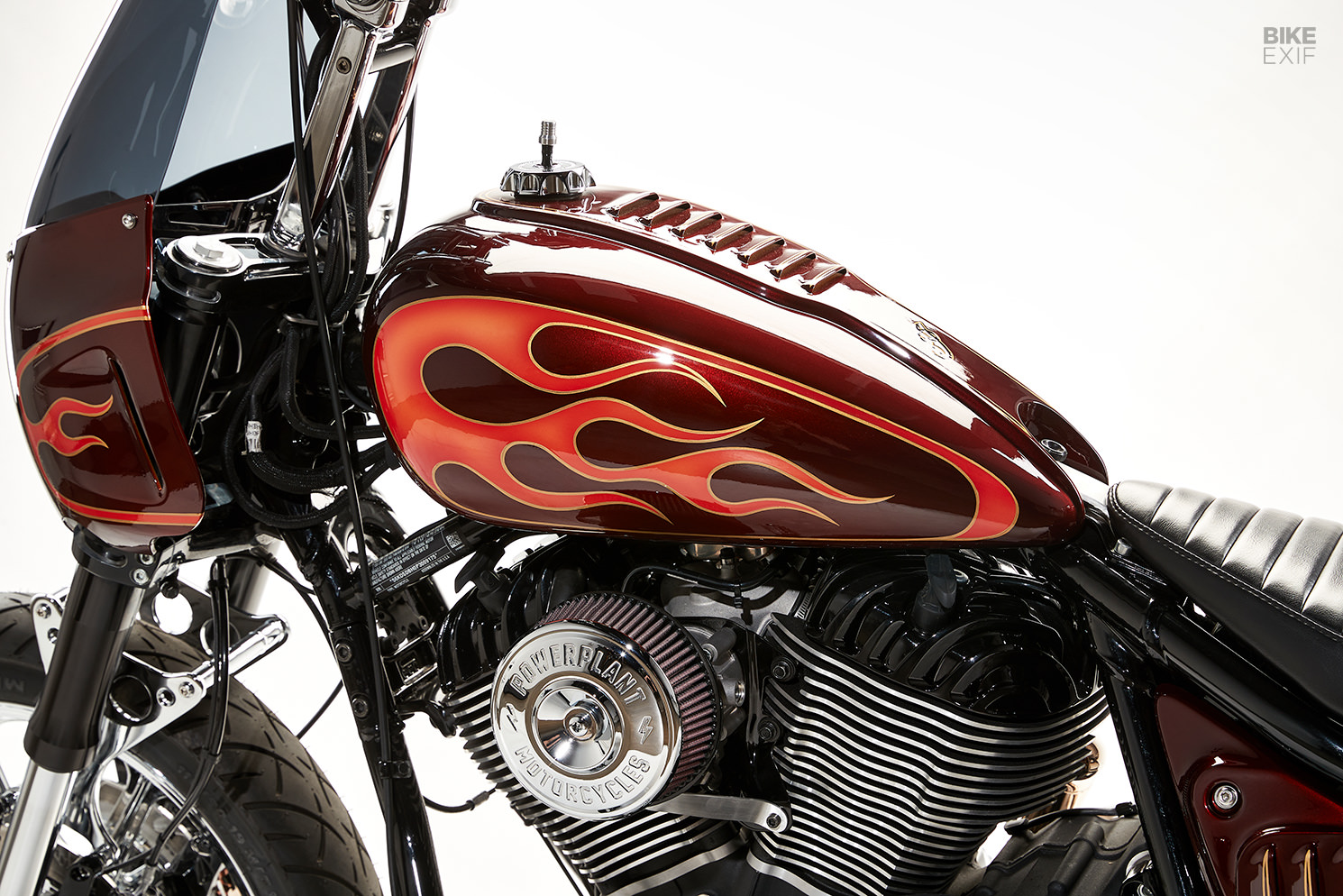
Lastly, and arguably the most effective tie to classic Southern California culture, is the paint job. The base was done by Walt at WW Cycles, using a mix of root beer hues inspired by some of Yaniv’s older builds. The hand pin-striping was laid down by the one and only Pacman Paint.
There are many styles of flames, but these are classic SoCal flames, done by one of the area’s best. The final product is a machine that blends classic California cool with high-performance function to handle the demands of modern LA streets.
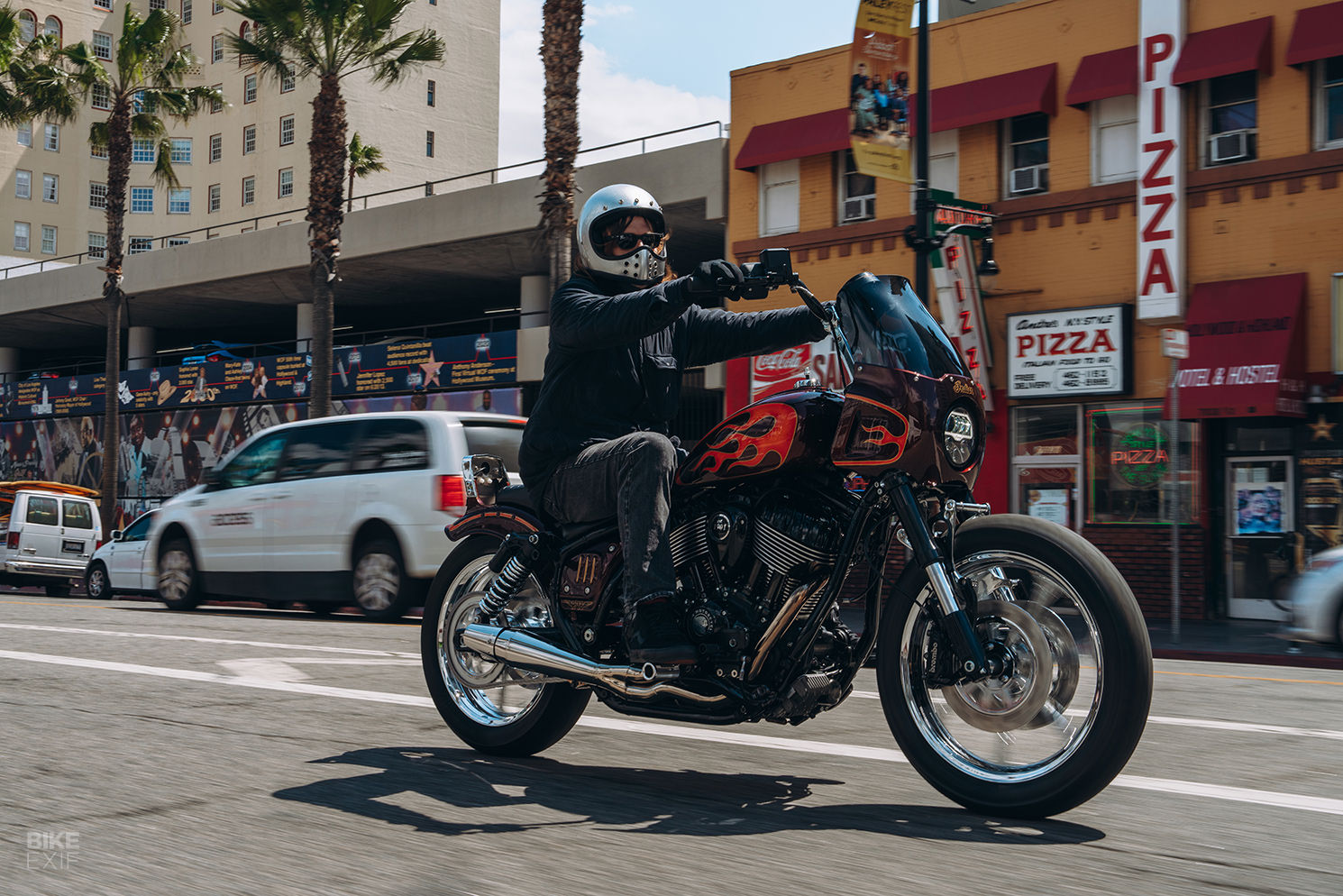
With KYB forks and Fox shocks out the box, Indian’s massive 116 ci Thunder Stroke engine, and Powerplant’s tasteful upgrades, this thing is a weapon—both in its ability to garner the right type of attention, and get into or out of as much trouble as Norman desires.
Powerplant Motorcycles | Facebook | Instagram | Images by Drew Ruiz (studio) and Sean MacD (riding)
Continue reading...

There’s no shortage of celebrities that own motorcycles, but that doesn’t make them real riders. Norman Reedus might be best known for his role on The Walking Dead—but he’s also spent five seasons chasing the passion of motorcycle riding with his own show, Ride with Norman Reedus. When it comes down to it, he’s just a guy that likes bikes and rides the hell out of them.
This is the latest addition to Mr Reedus’ stable—a brand new Indian Sport Chief, customized by Yaniv Even at Powerplant Motorcycles. It’s the ultimate LA machine for this LA motorcyclist, built by a stalwart of the LA custom scene.

Just as London is known as the birthplace of café racer culture, Southern California is widely regarded as the first place that choppers and custom V-twin show bikes really started to take off. Long stretches of road curving along sunny beaches, with winding hills just inland; those early days were an idyllic setting for a custom hardtail hotrod with limited braking power. But that was before a few million people moved in and jammed up the works.
Now there are 12 major freeways in Los Angeles alone. If cars aren’t bumping along in traffic, the average speed is somewhere around 80 mph. So, like the roads, traffic, and just about everything else, choppers in LA have evolved—at least at Powerplant.

Located on Melrose Avenue in Hollywood, Powerplant has been working on hot rods and V-twins for a long time—and, as tends to happen, Yaniv’s style has morphed over the years. His focus on old school choppers and traditional forms has shifted towards high-performance components and a mixture between old and new. Now, he blends that early chopper influence with West Coast custom culture and modern technology.
So when Indian Motorcycle approached him to build a bike for familiar customer Norman Reedus, Yaniv built a modern hot rod perfect for shredding the streets of LA. Starting with a brand new Indian Sport Chief—a bike that’s essentially already a little hopped-up—he was after equal parts show and go.

The rear section of the bike was slimmed down with narrowed rear shock mounts and relocated swingarm mounts, preparing the way for a slimmer rear wheel and new fender. The stock gas tank was also skinnied up as much as possible, while still retaining the stock fuel pump mechanism underneath. It sits higher on the frame now too, thanks to a reworking of the tank mounts.
To match the louvres cut into the sides of the Sport Chief’s OEM fairing, Yaniv stamped 3” louvres into the side covers and the gas tank’s center dash. It ties this original design element back to old school hot rod culture in a way the stock bike never did.

The tail section is a riff on Crazy Frank’s choppers, but done in Yaniv’s own way, with a blend of classic Indian Motorcycle style. It has an integrated backrest, license-plate mount and taillight mechanism, but with a lower shape reminiscent of early Indian Scout choppers. The seat pan was made custom, and a new seat was added in a classic cobra style; still able to carry to a passenger, as long as they don’t need foot pegs.
The wheels are chromed replicas of old Morris Mags, updated to fit the modern Indian’s brakes, sensors, bearings, and whatnot. 19 inches in the front and 18 inches in the rear give the bike an aggressive stance—upright with plenty of ground clearance. Lyndall Brakes made a set of chrome rotors to match, but a little smaller than stock to highlight that front wheel.

In order to run those smaller 11.5” rotors and a narrower front wheel, Yaniv had to machine down the fork lowers and make new caliper mounts, still working with the stock Brembo calipers. It’s these subtle details that take lots of work, and that really help deliver a stunning and unique machine.
Custom exhaust headers were fabricated in-house, and capped with a cone from Red Thunder. The system reduces weight, opens up the engine, and changes the auditory personality of the bike altogether. An upgraded air filter with a chromed Powerplant Motorcycles cover sits on the side of the motor.

Up front, Yaniv made a set of 8” risers and one-off handlebars with a lot of pullback, which he says are just what this bike needs. Stock controls are retained, as is the Sport Chief’s digital gauge—but that gauge is now set on a custom mount in front of the riser clamp. Working with modern stock electronics is not easy, and Indian’s digital system displays everything from navigation and music to tire pressure, so it made sense to keep it.

Lastly, and arguably the most effective tie to classic Southern California culture, is the paint job. The base was done by Walt at WW Cycles, using a mix of root beer hues inspired by some of Yaniv’s older builds. The hand pin-striping was laid down by the one and only Pacman Paint.
There are many styles of flames, but these are classic SoCal flames, done by one of the area’s best. The final product is a machine that blends classic California cool with high-performance function to handle the demands of modern LA streets.

With KYB forks and Fox shocks out the box, Indian’s massive 116 ci Thunder Stroke engine, and Powerplant’s tasteful upgrades, this thing is a weapon—both in its ability to garner the right type of attention, and get into or out of as much trouble as Norman desires.
Powerplant Motorcycles | Facebook | Instagram | Images by Drew Ruiz (studio) and Sean MacD (riding)
Continue reading...

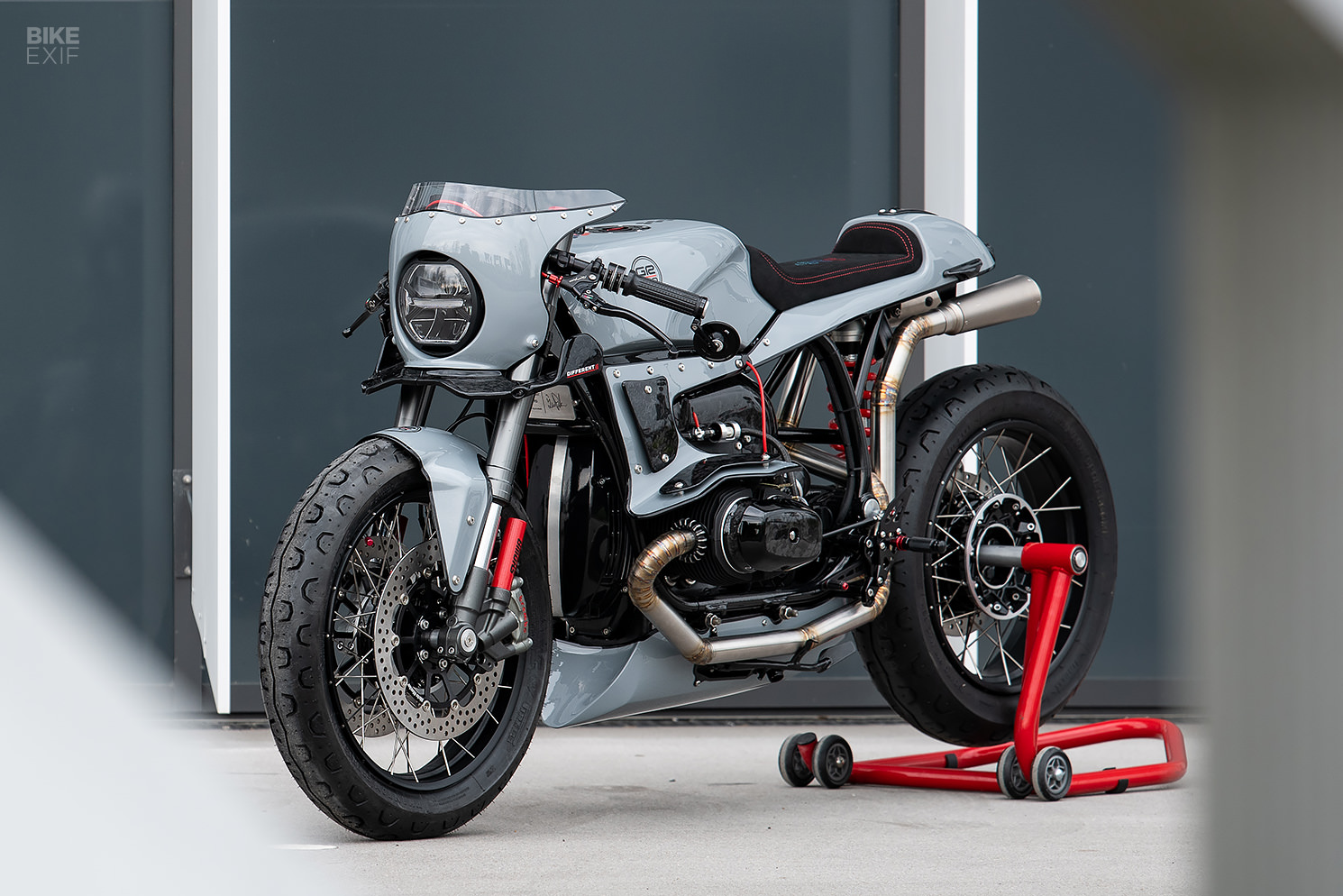
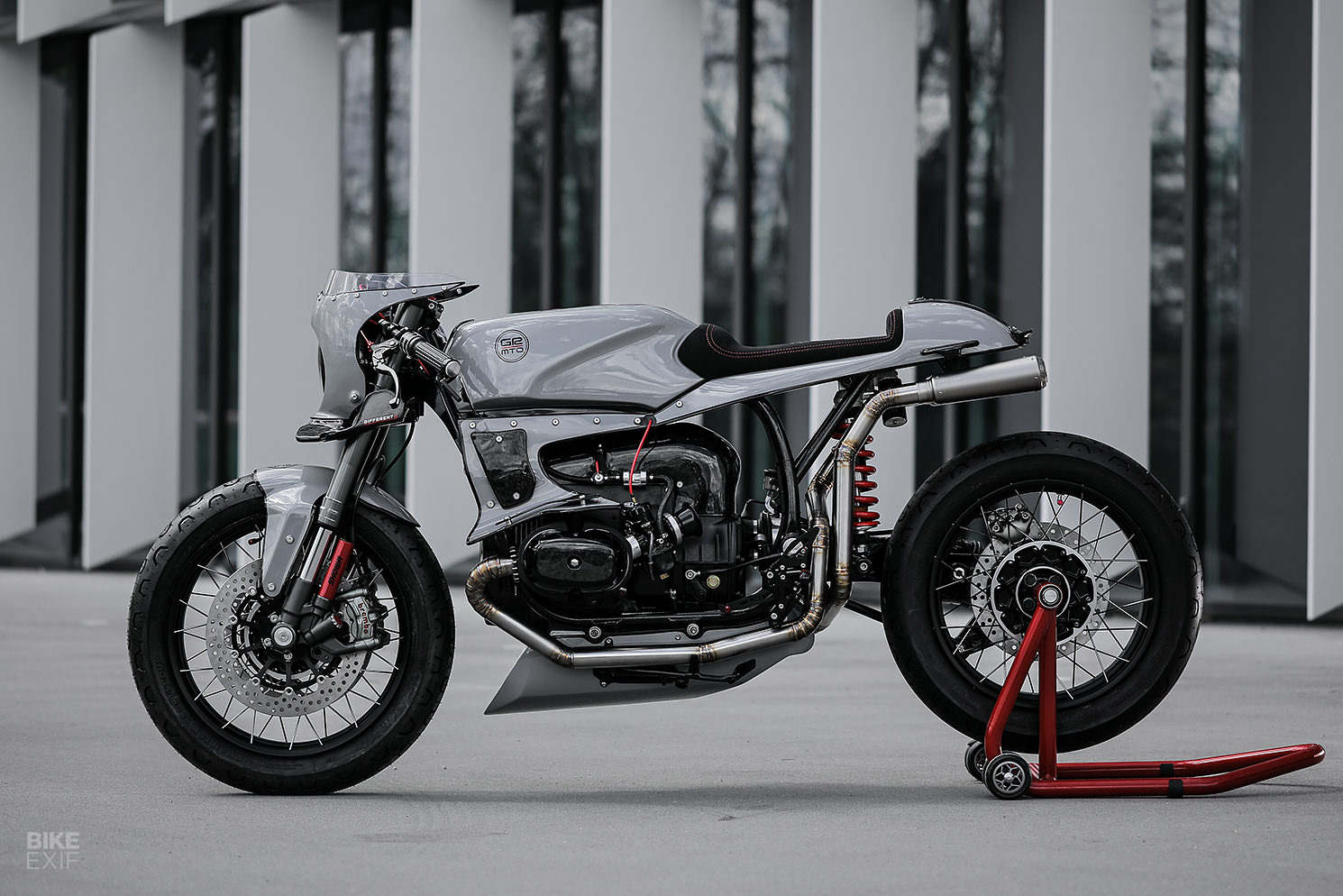
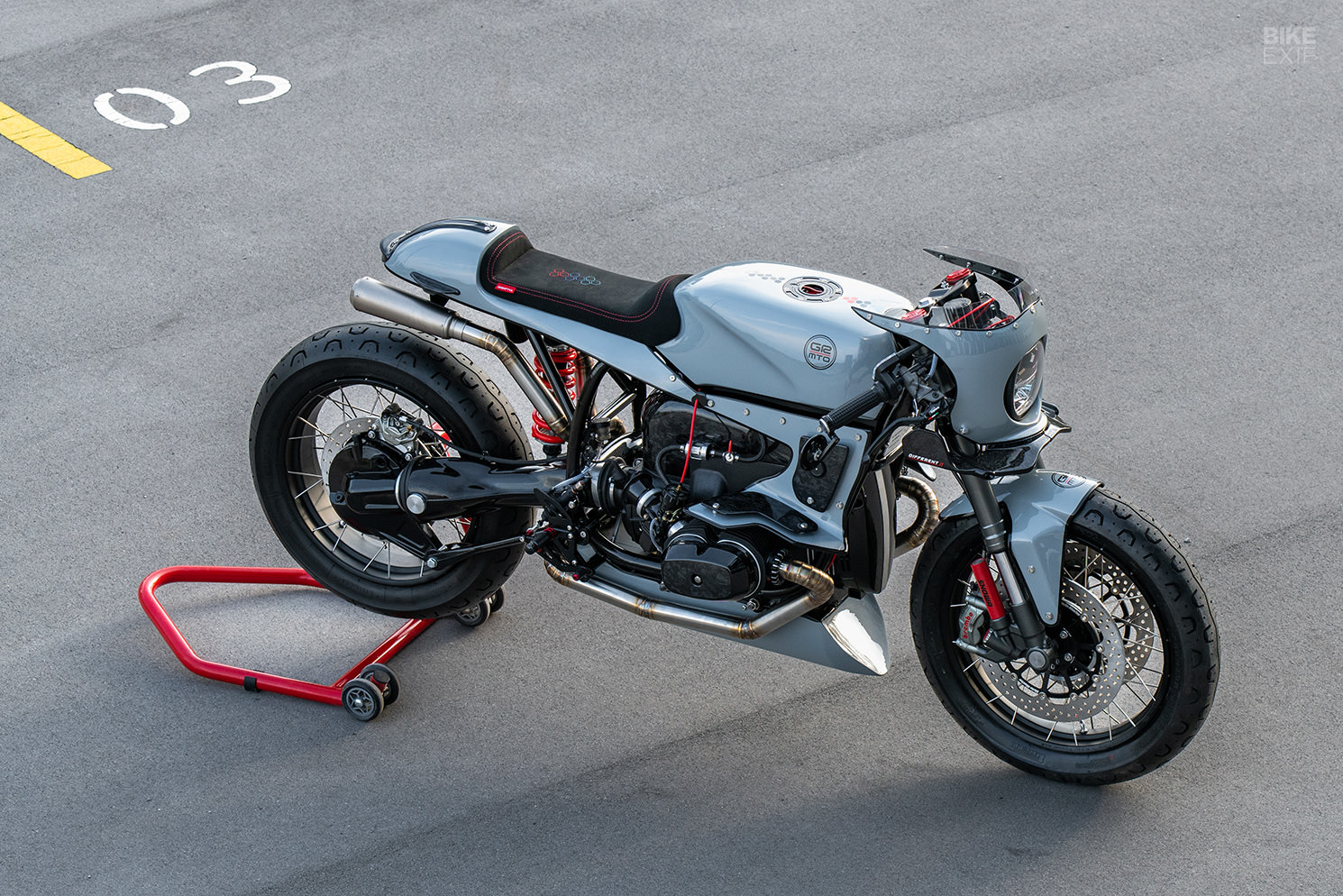
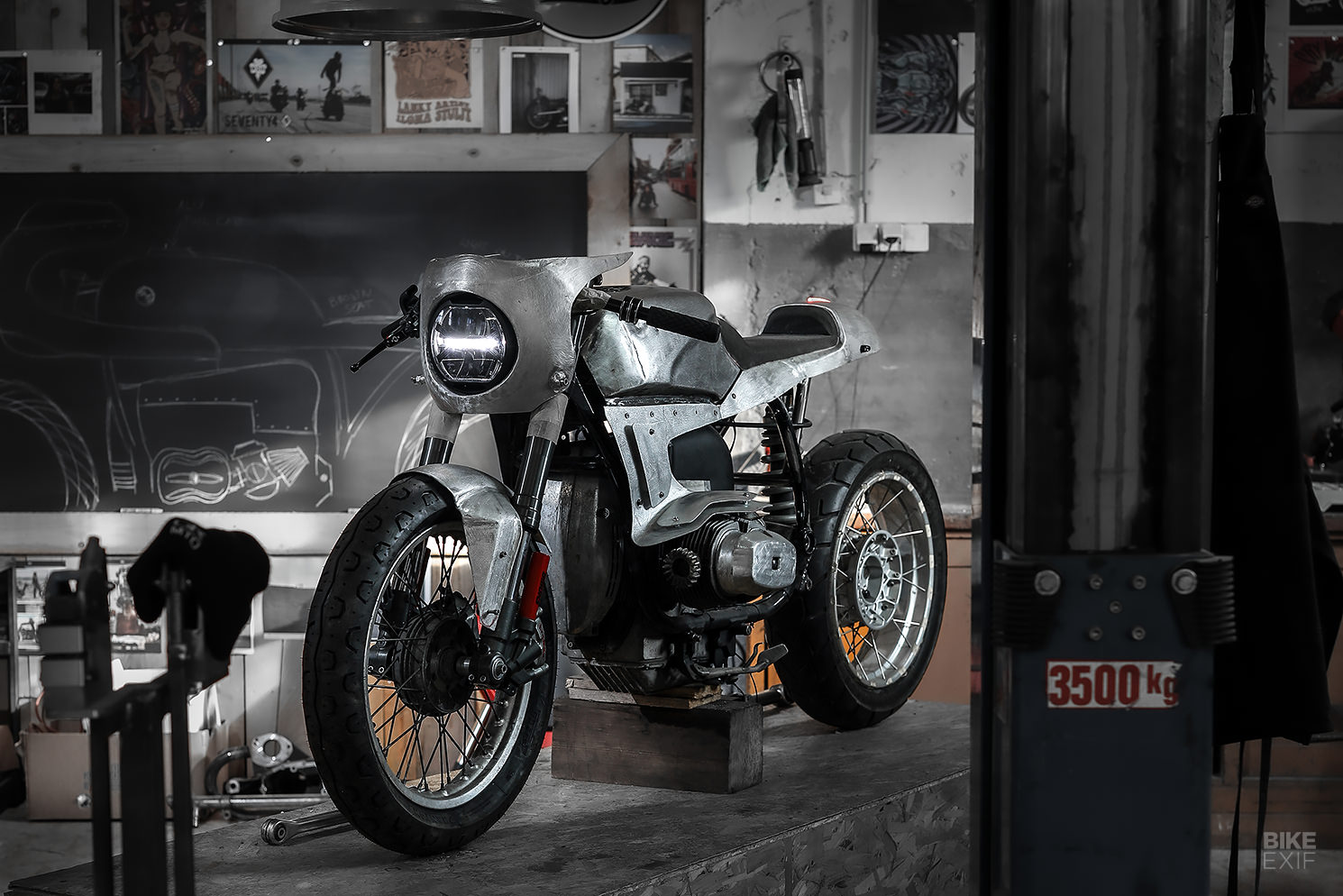
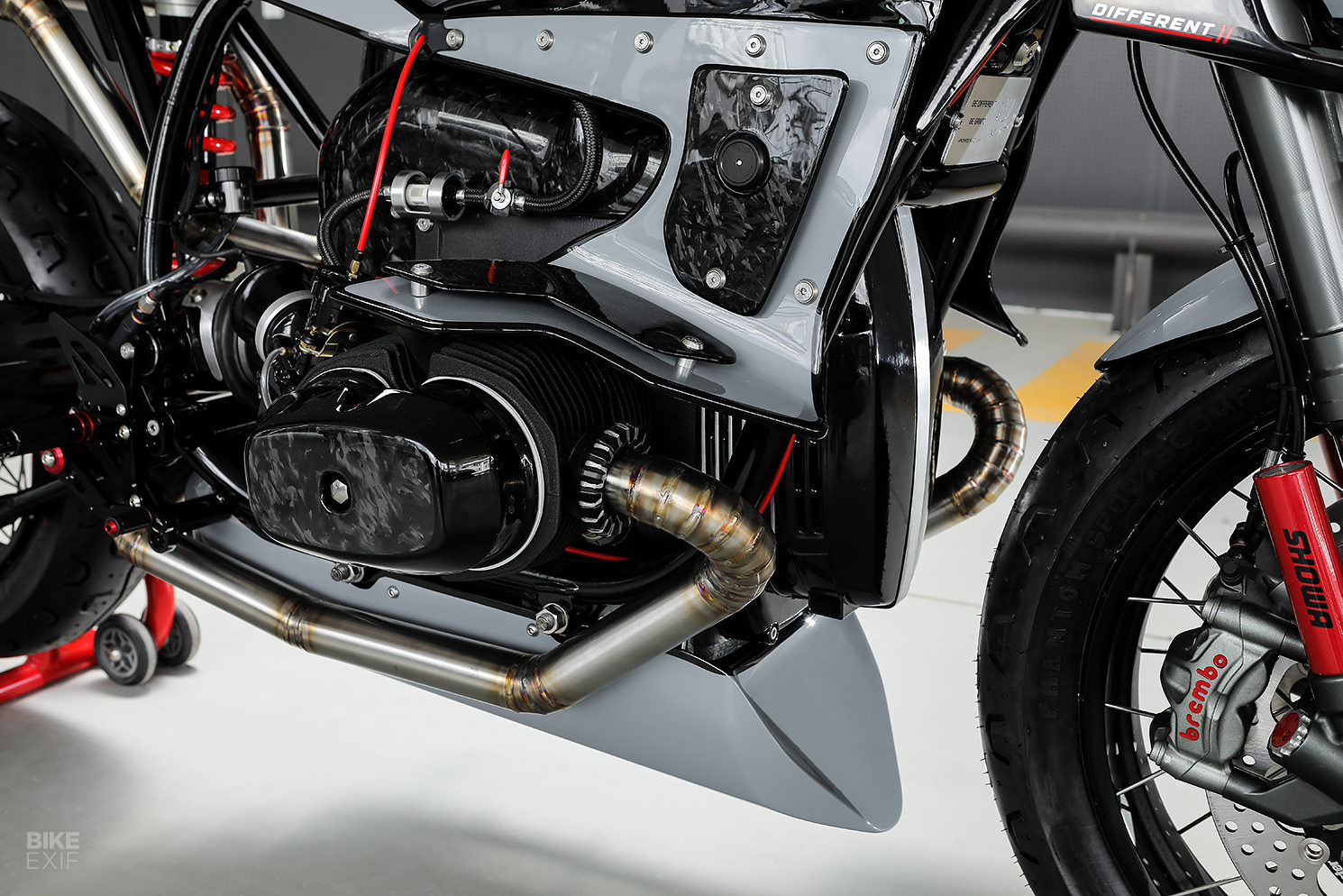
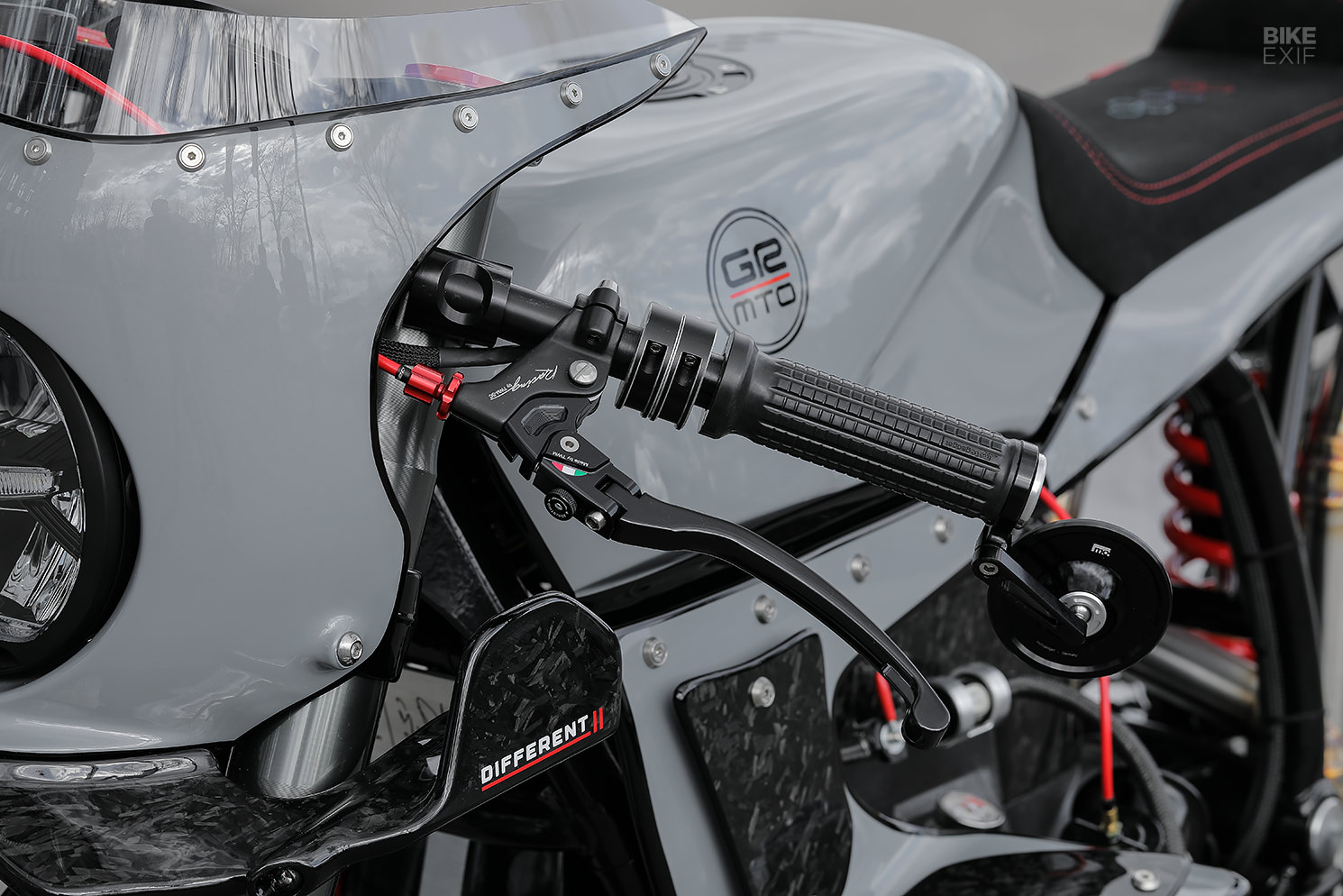
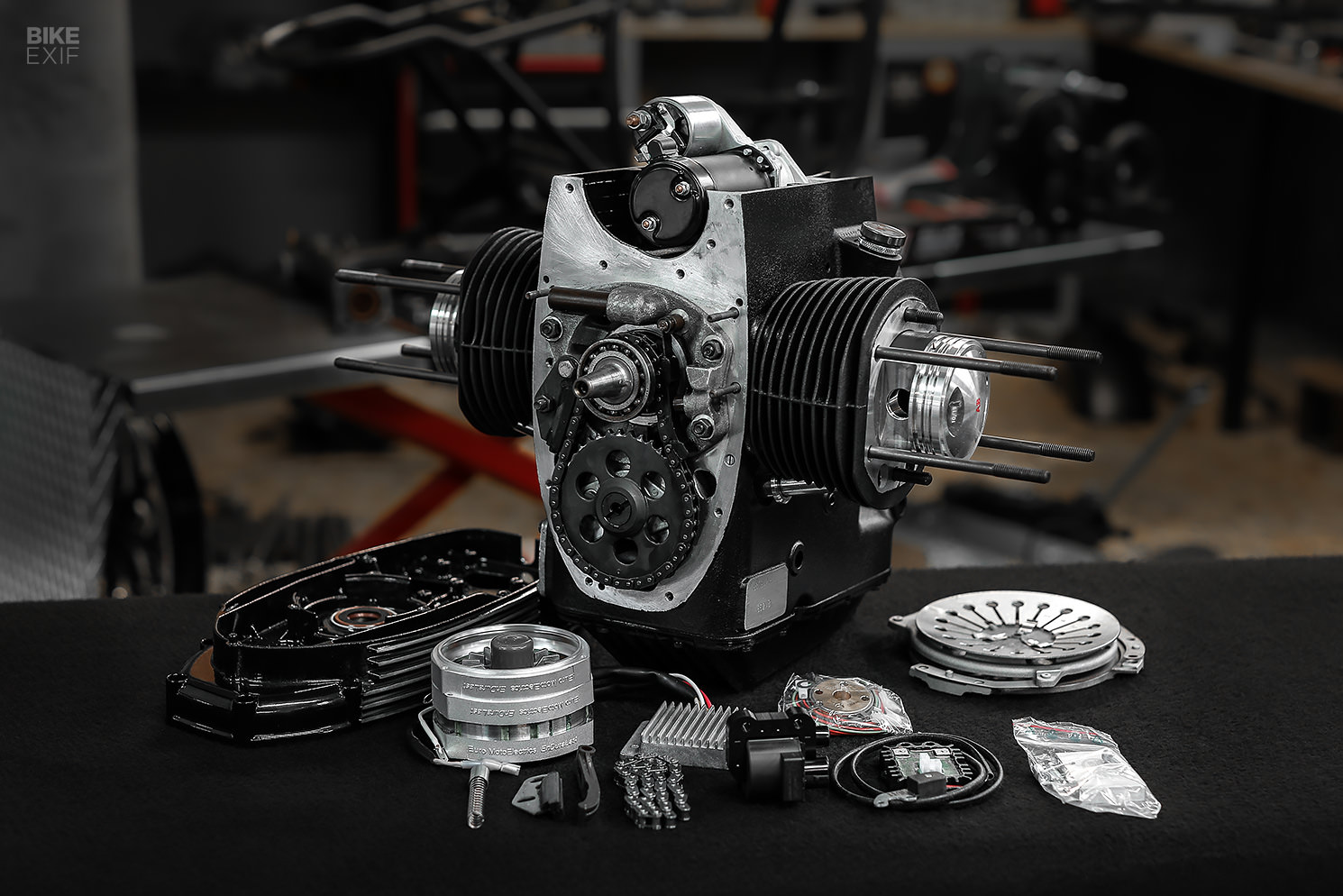
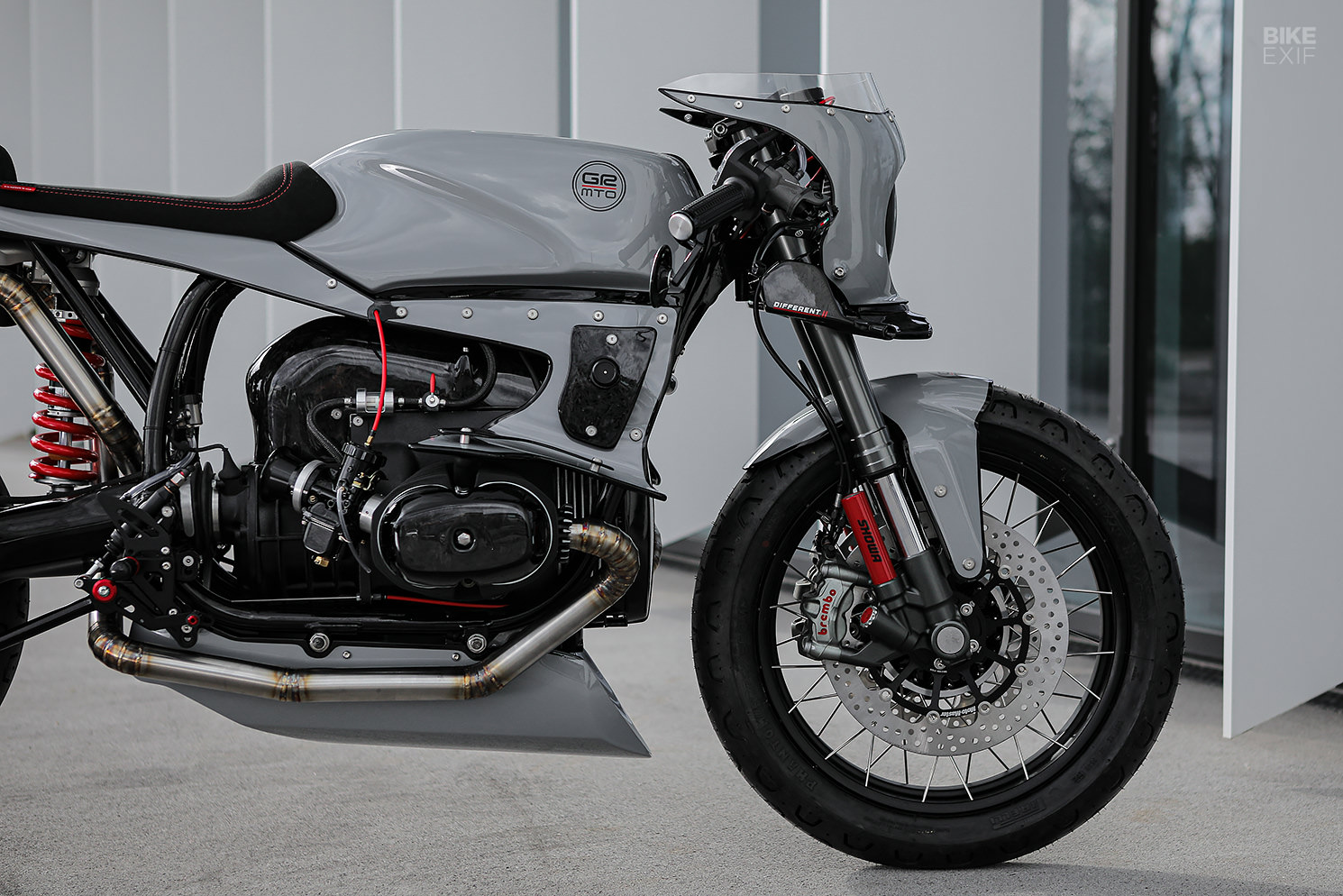
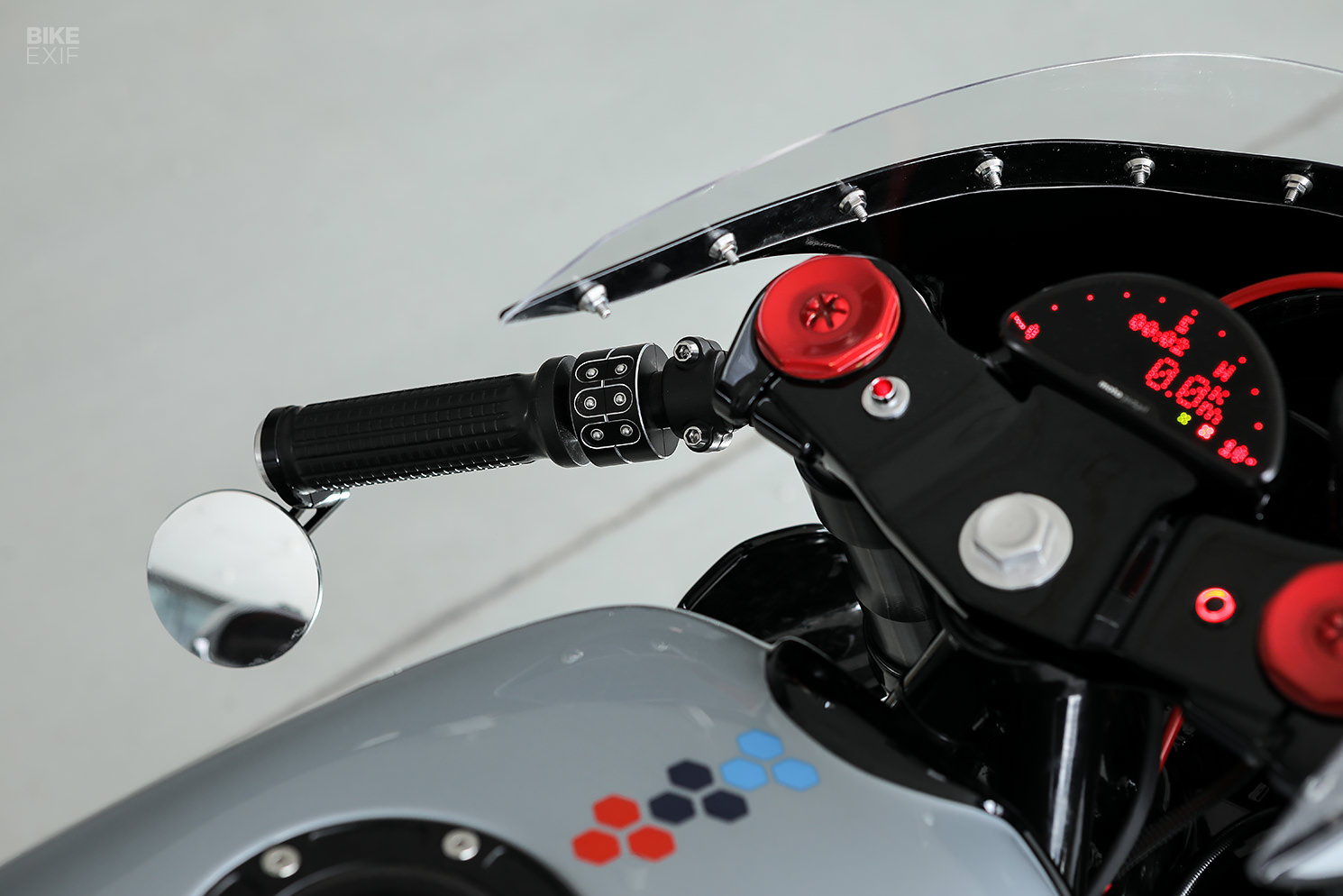
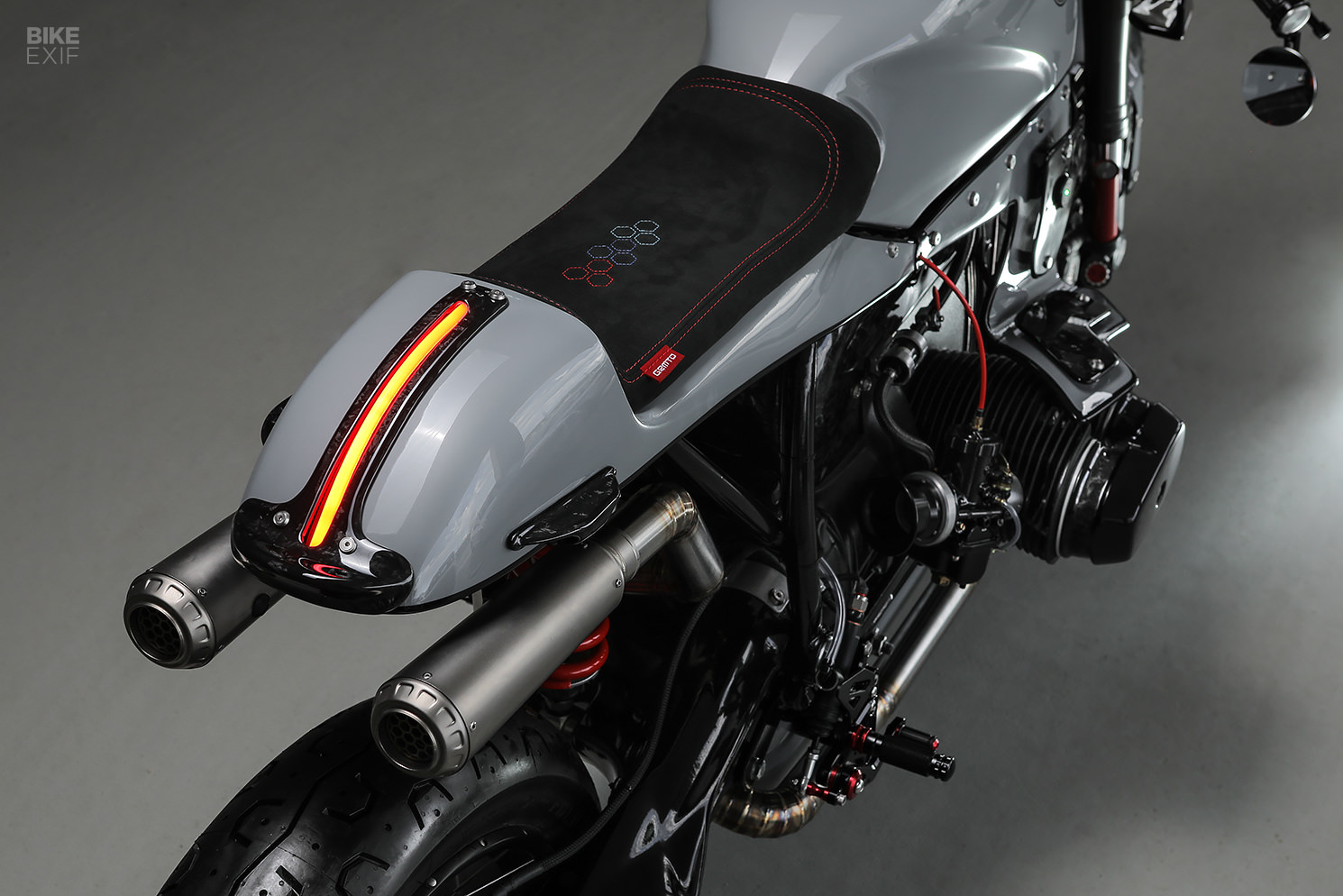
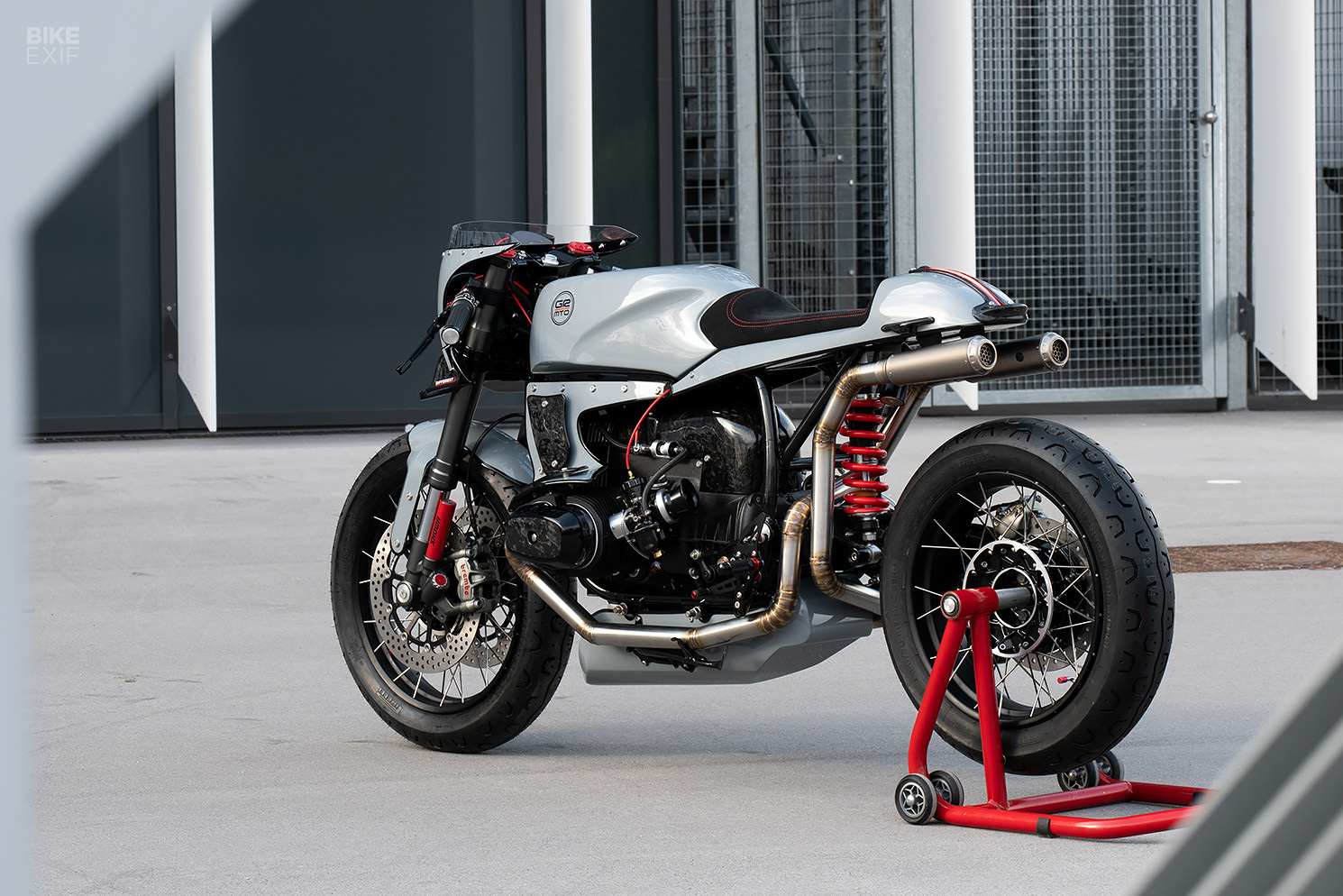
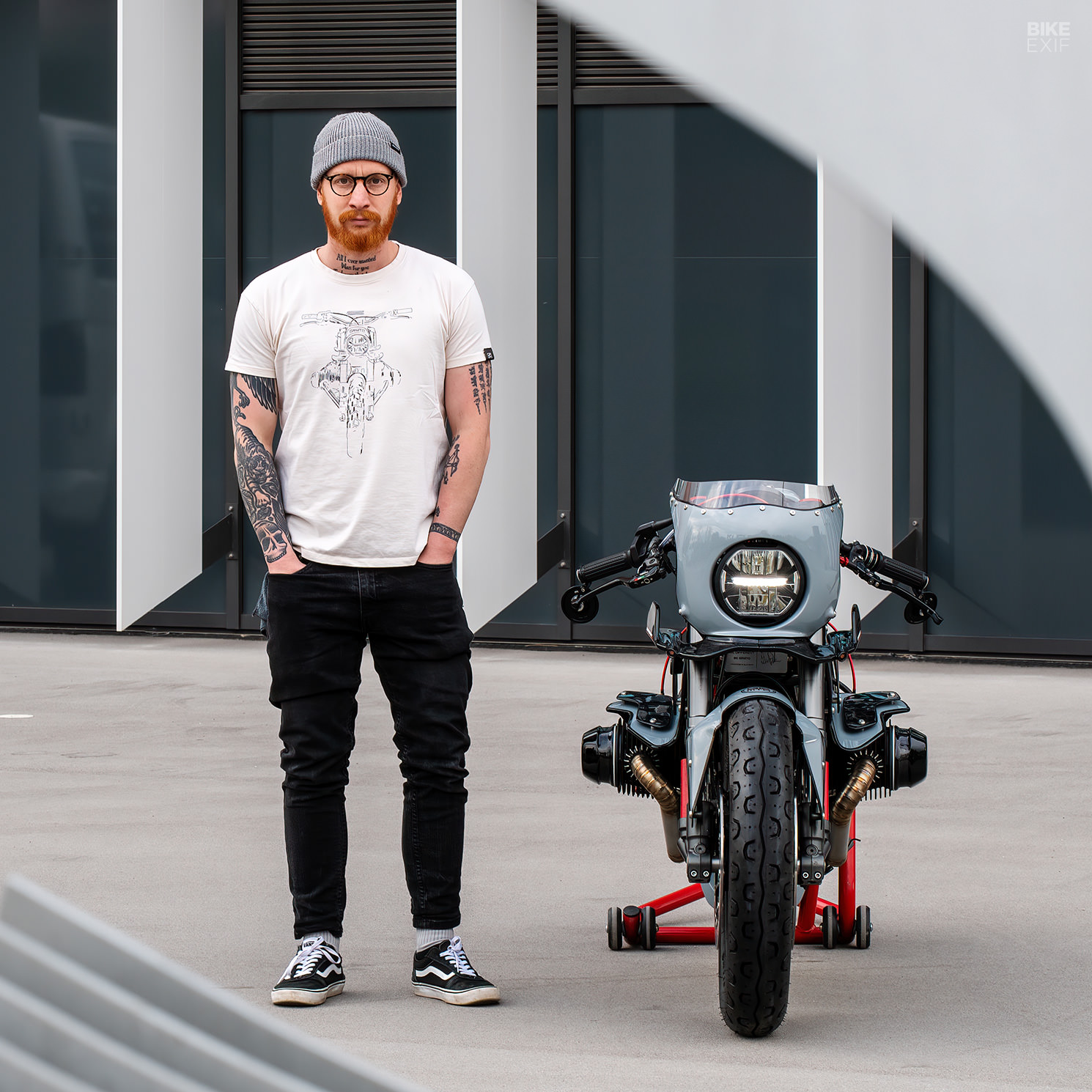
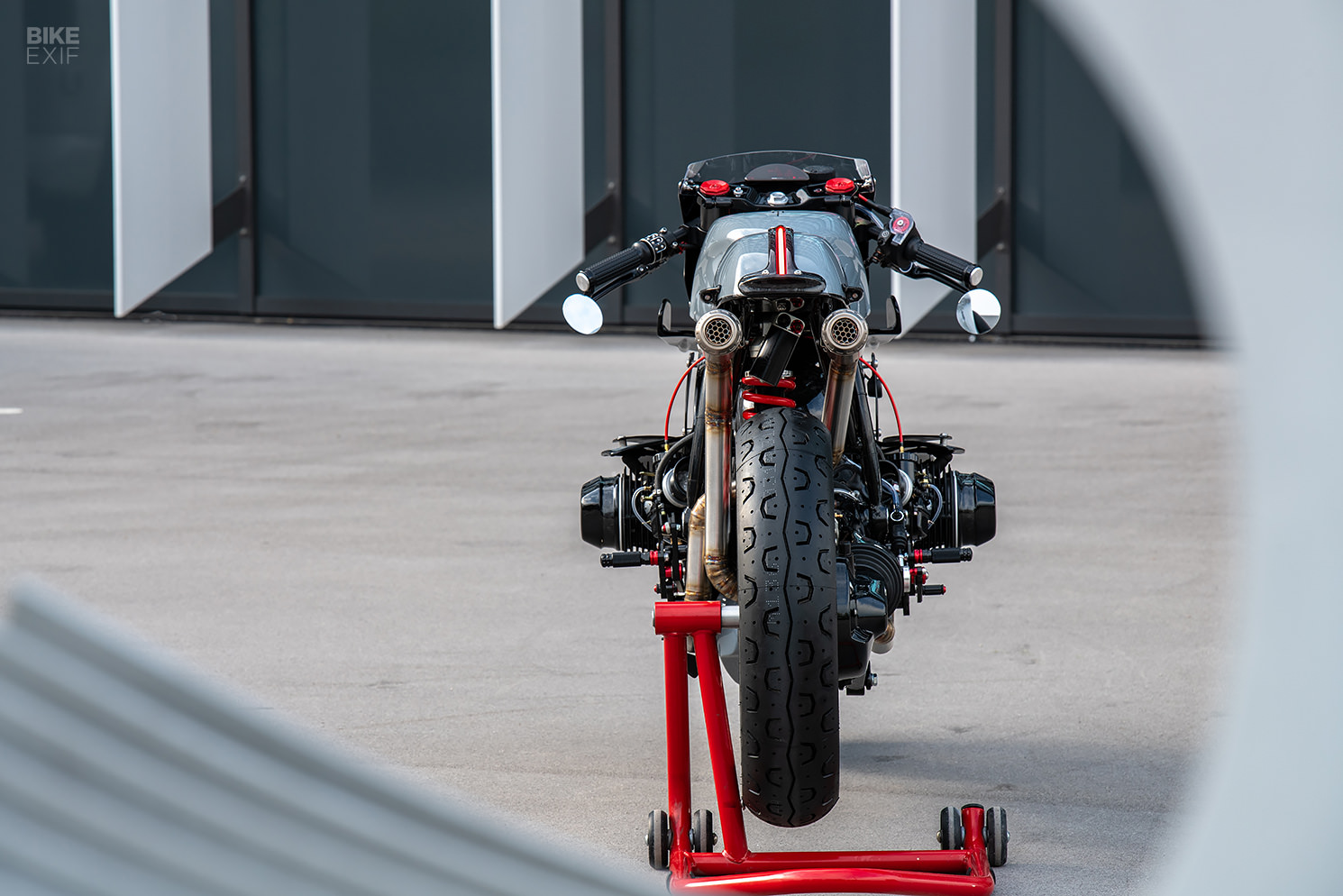
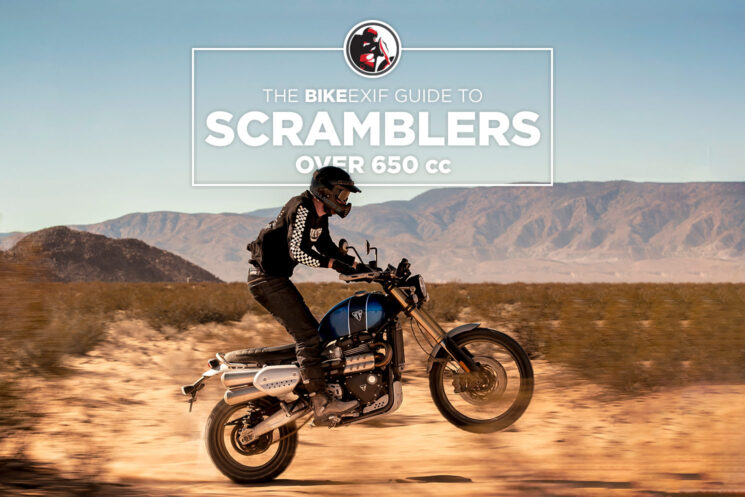
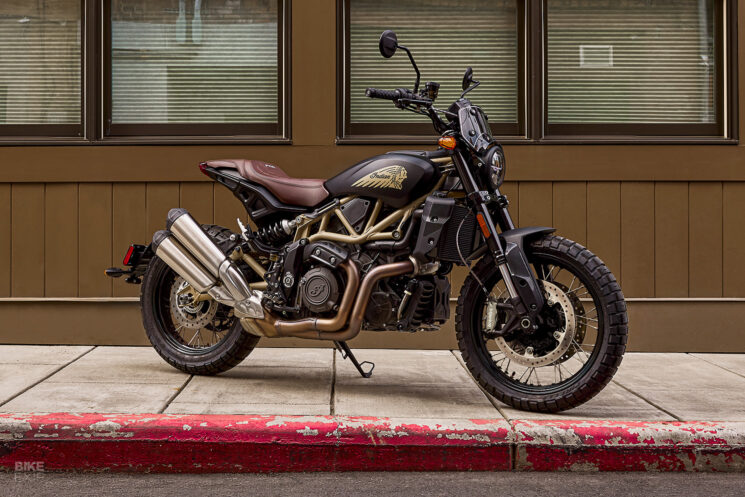
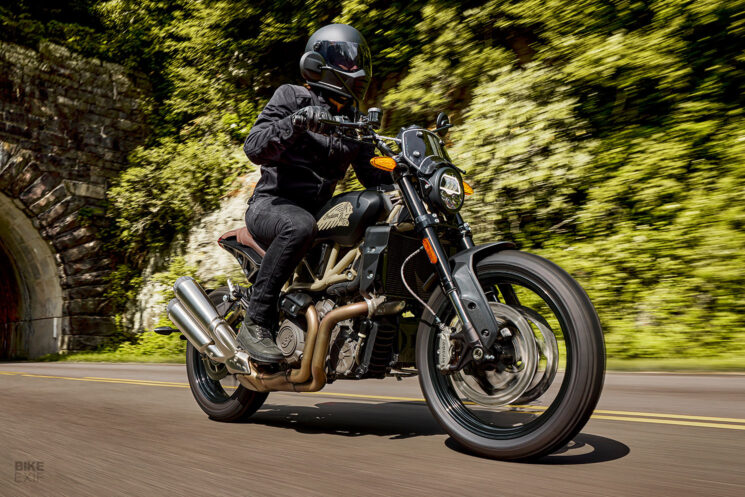
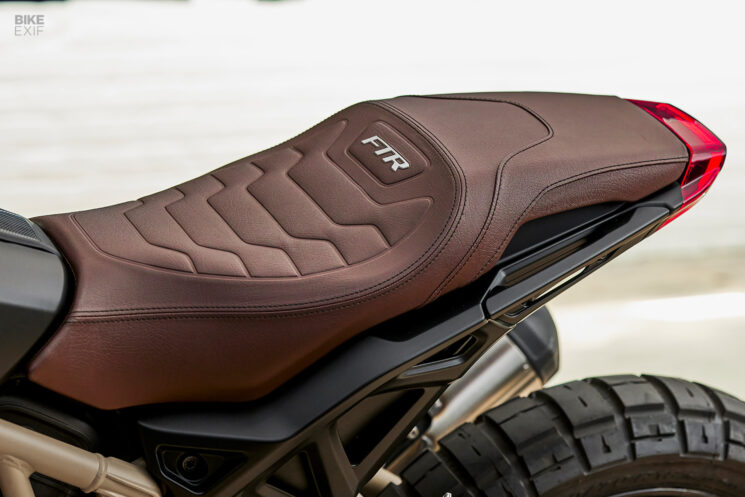
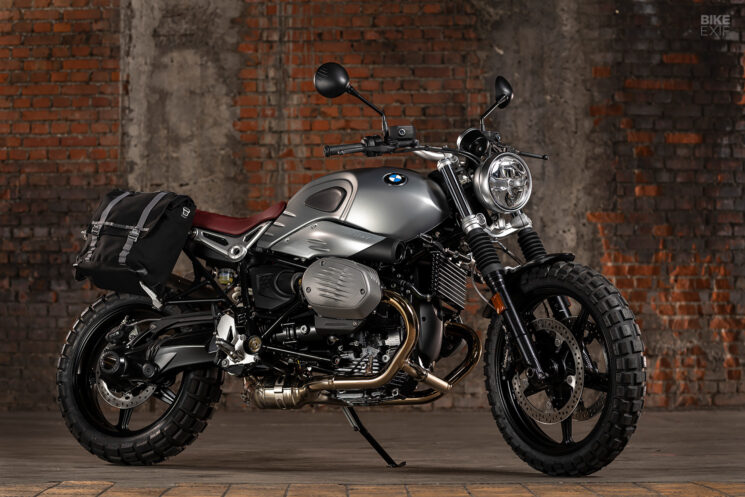
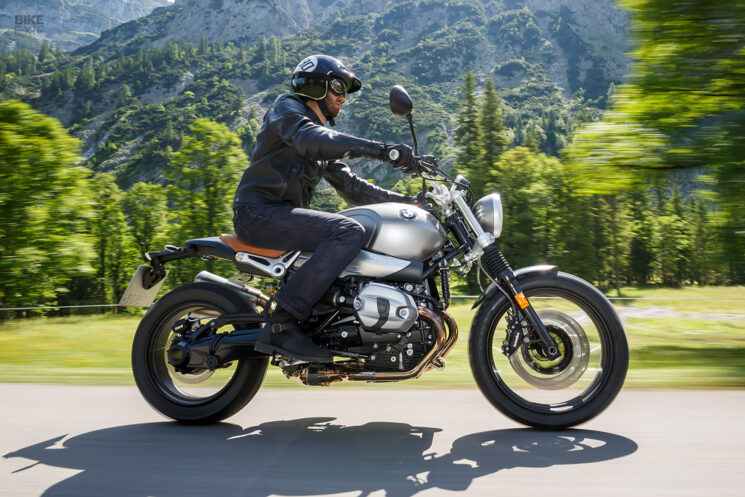
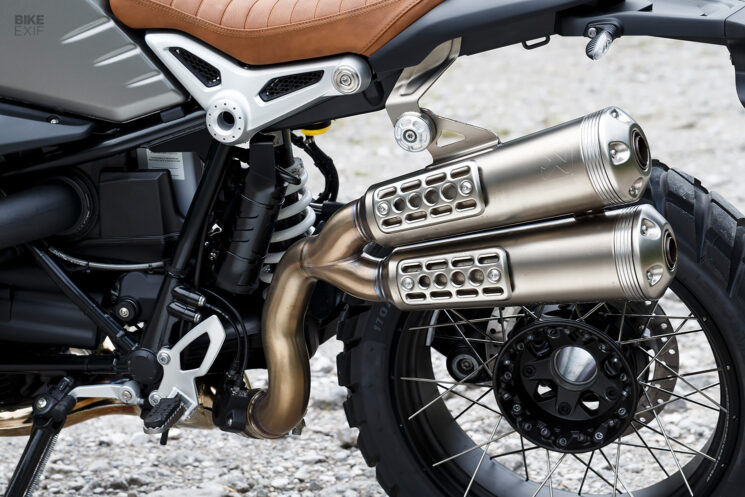
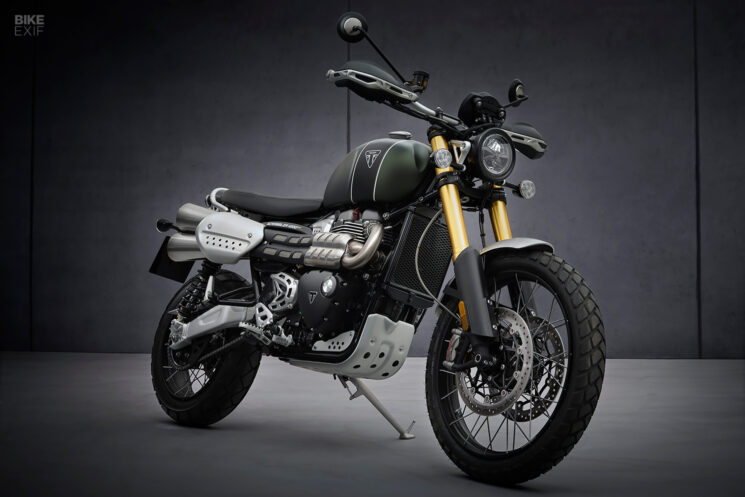
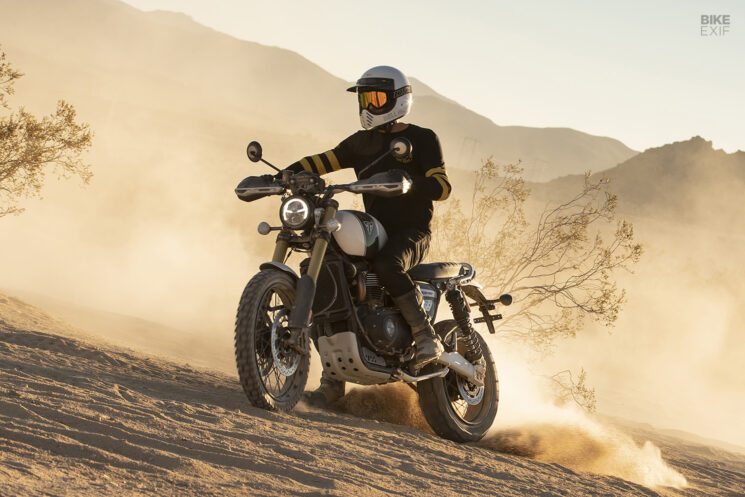
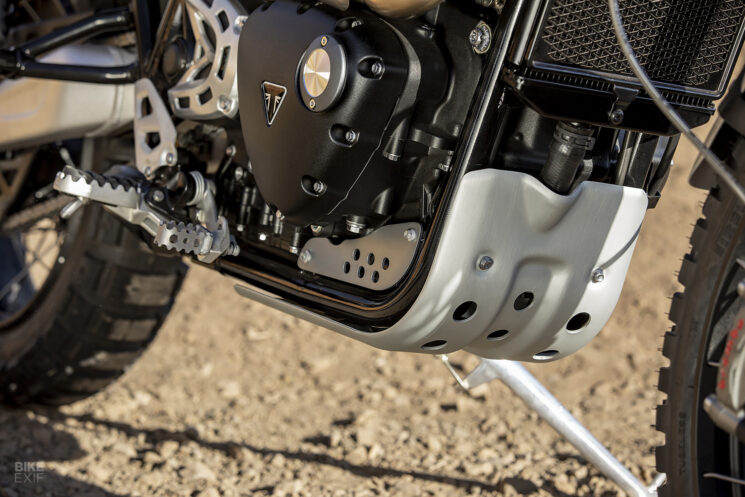
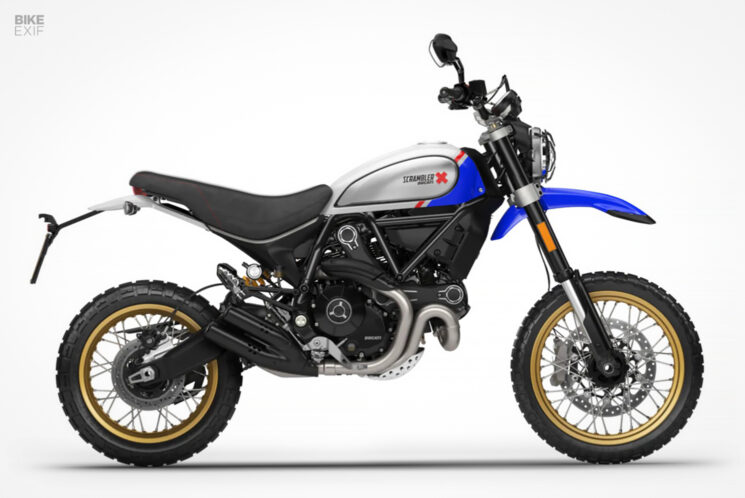
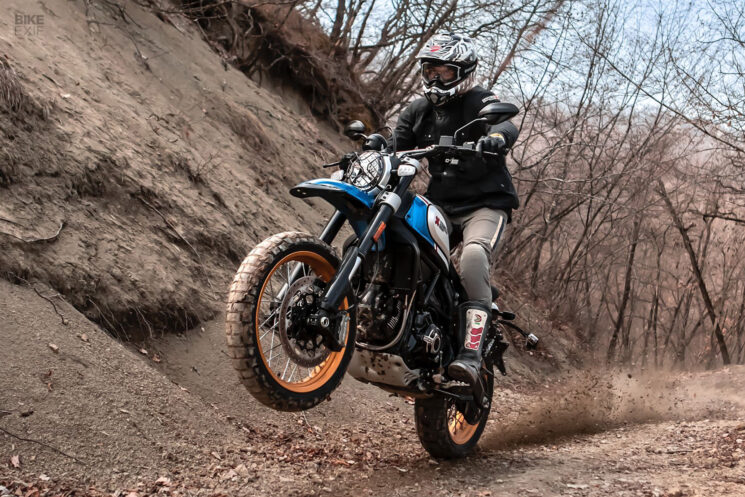
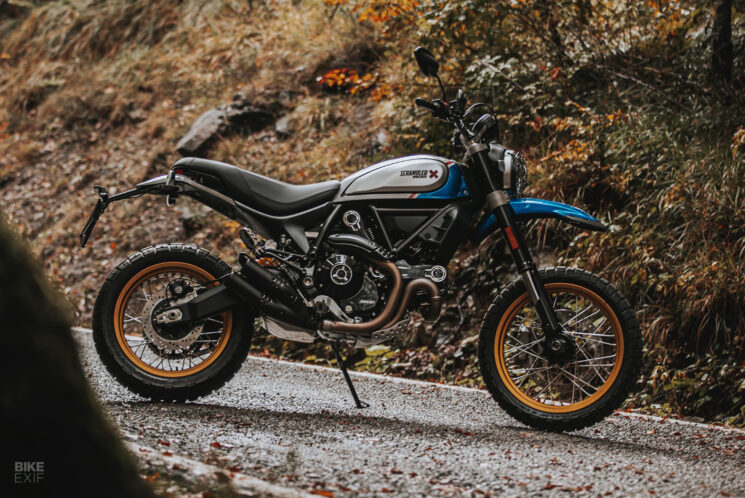
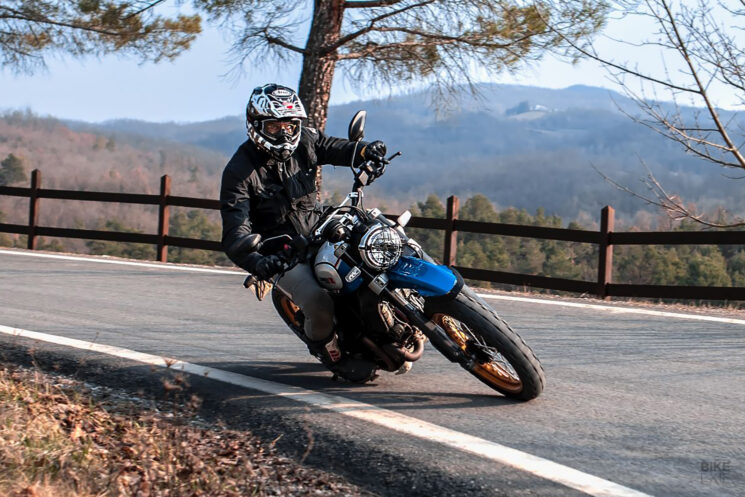
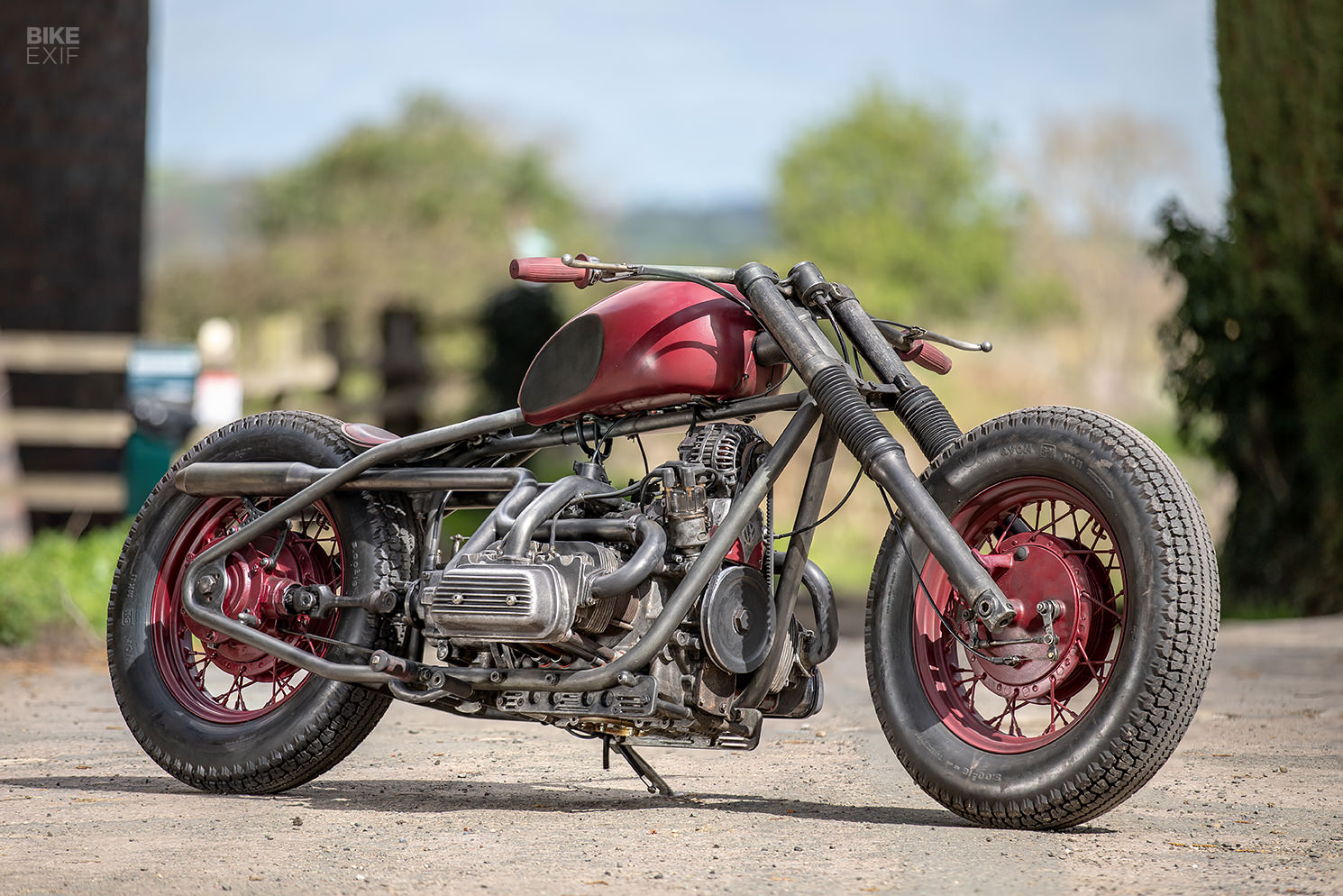
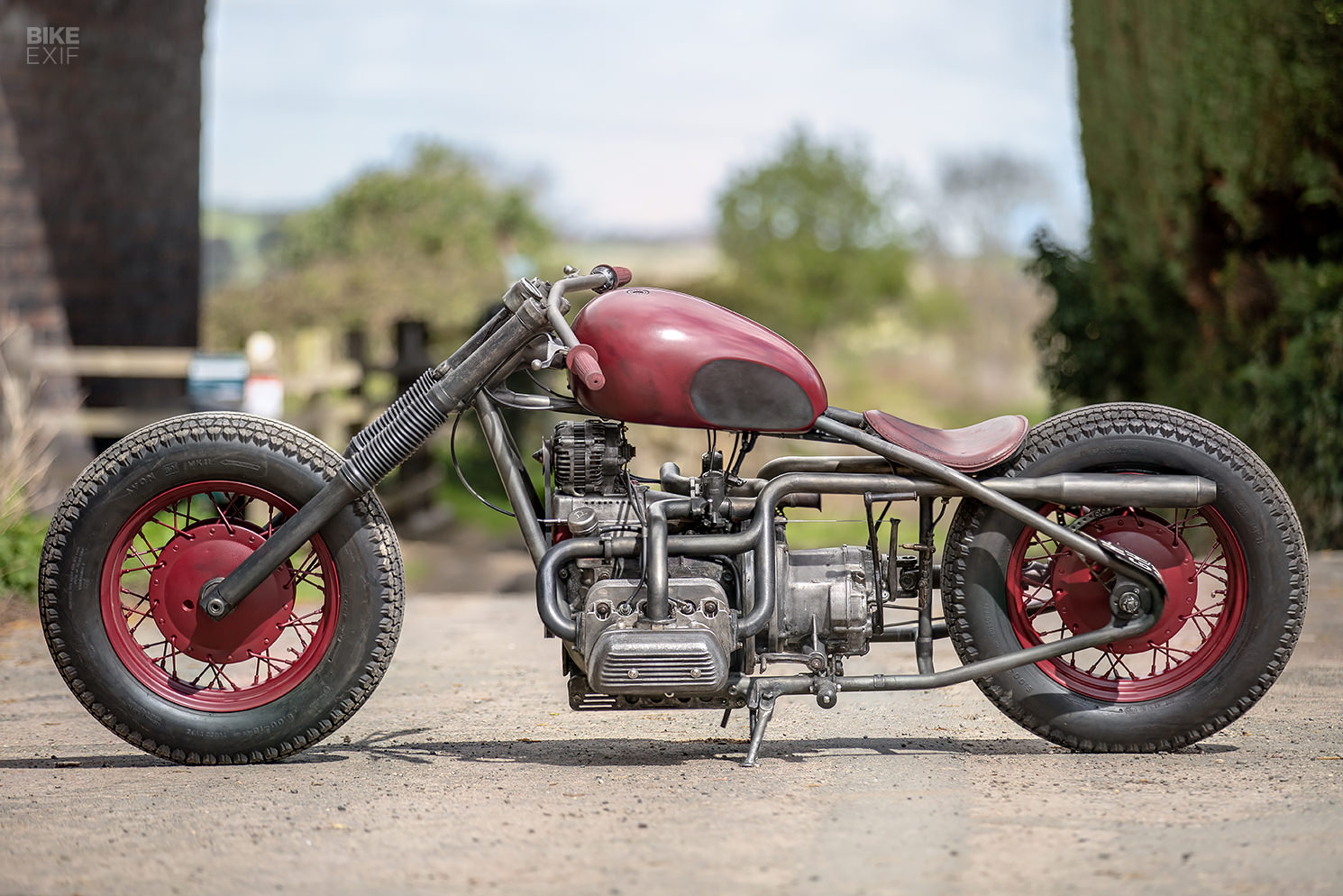
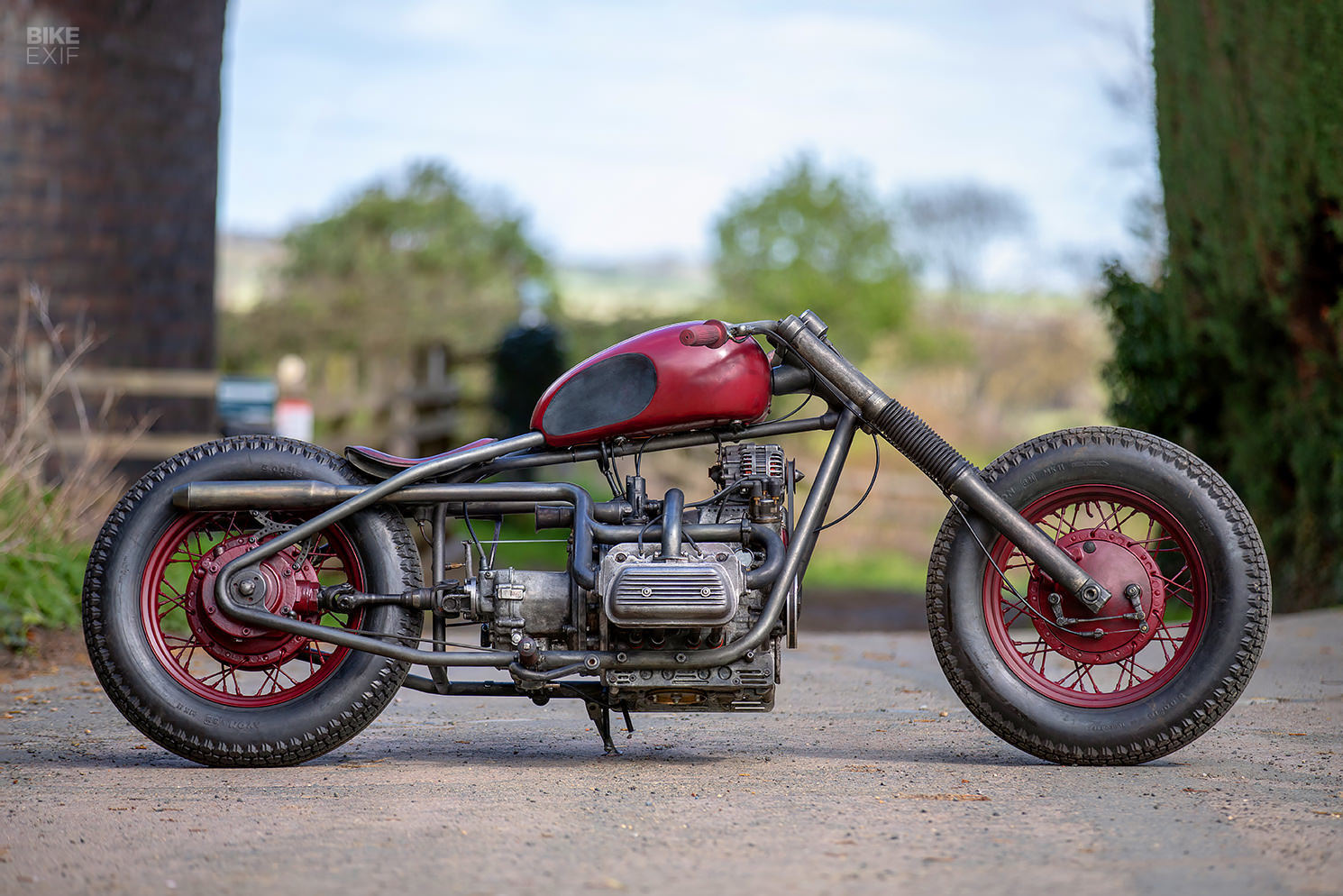
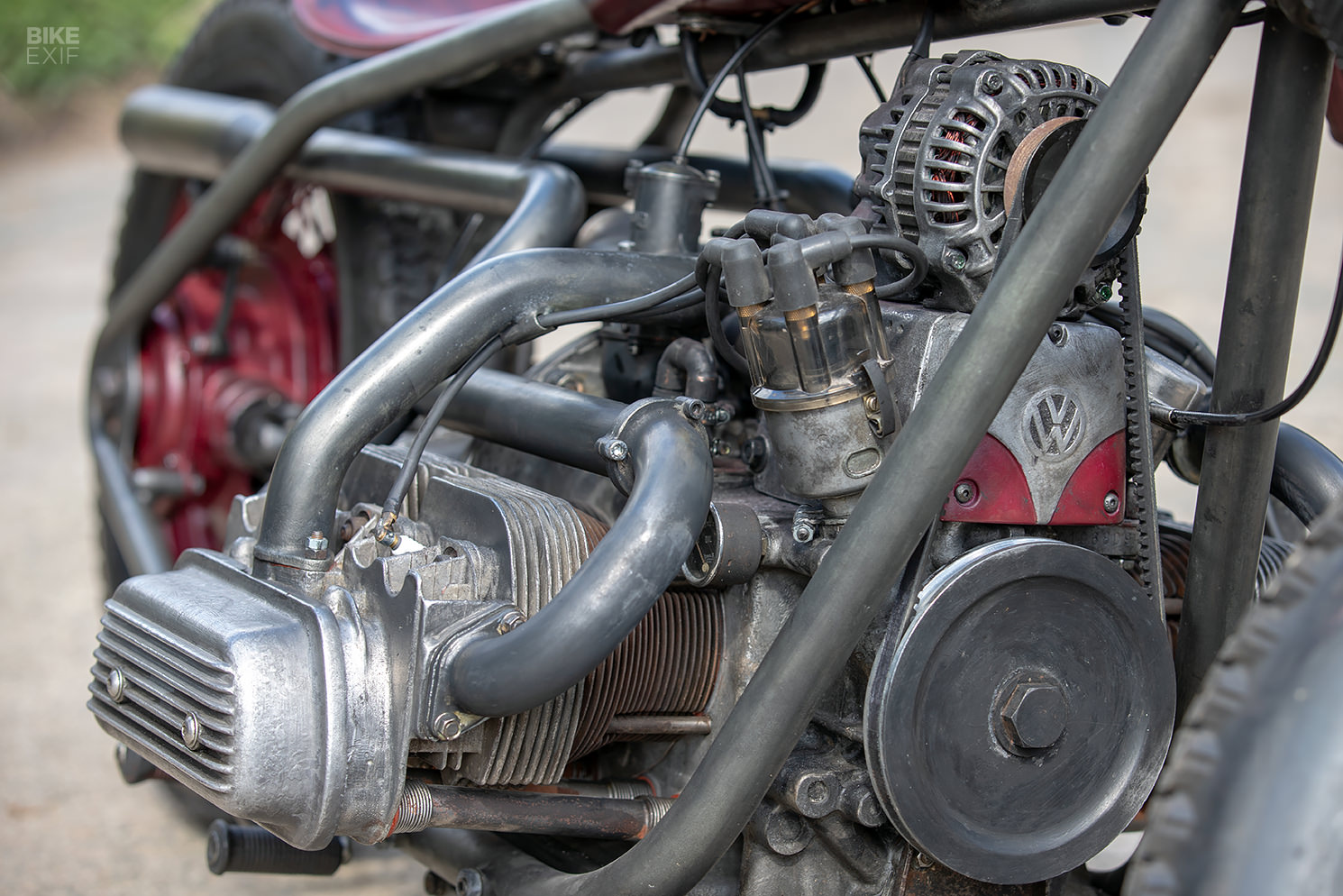
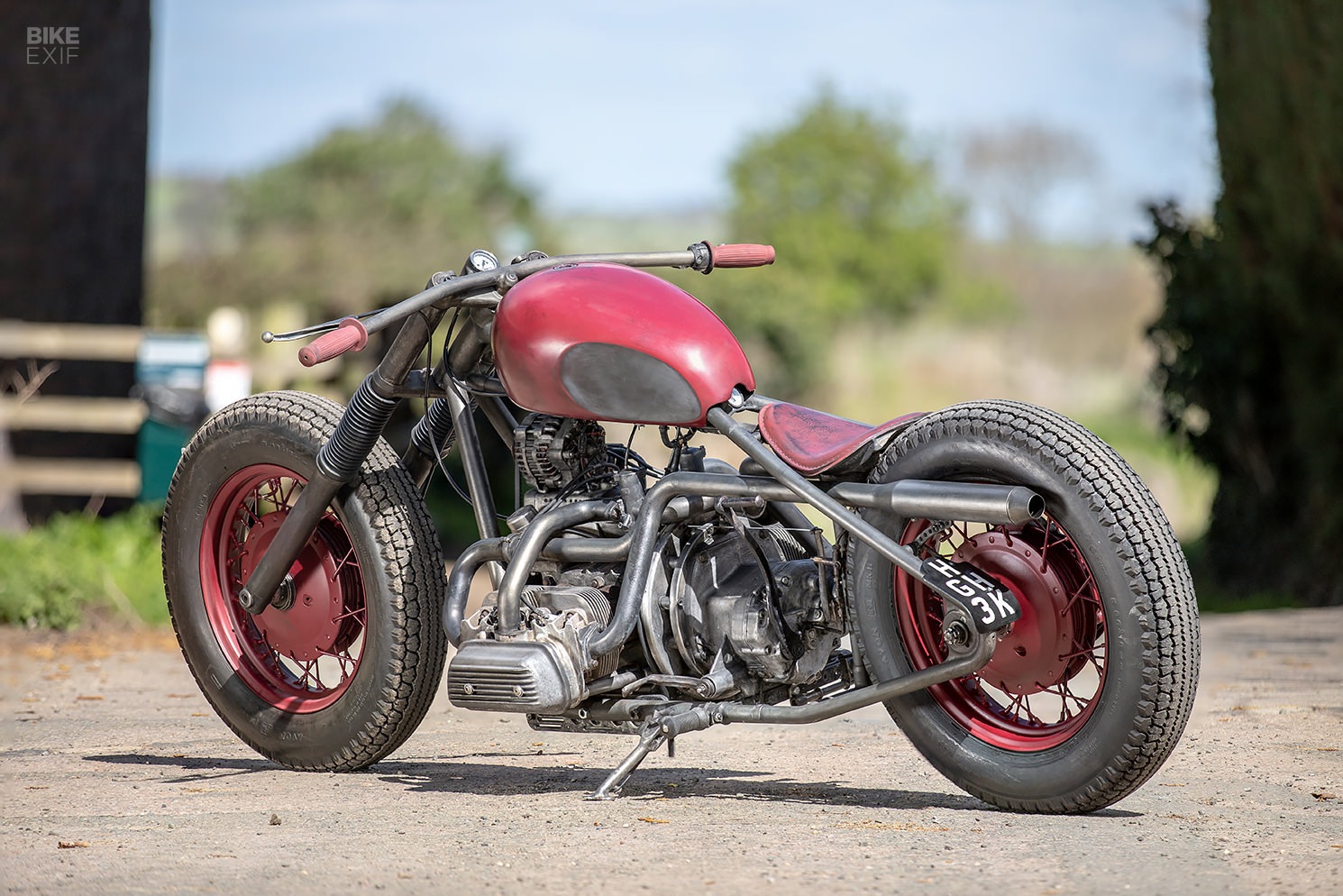
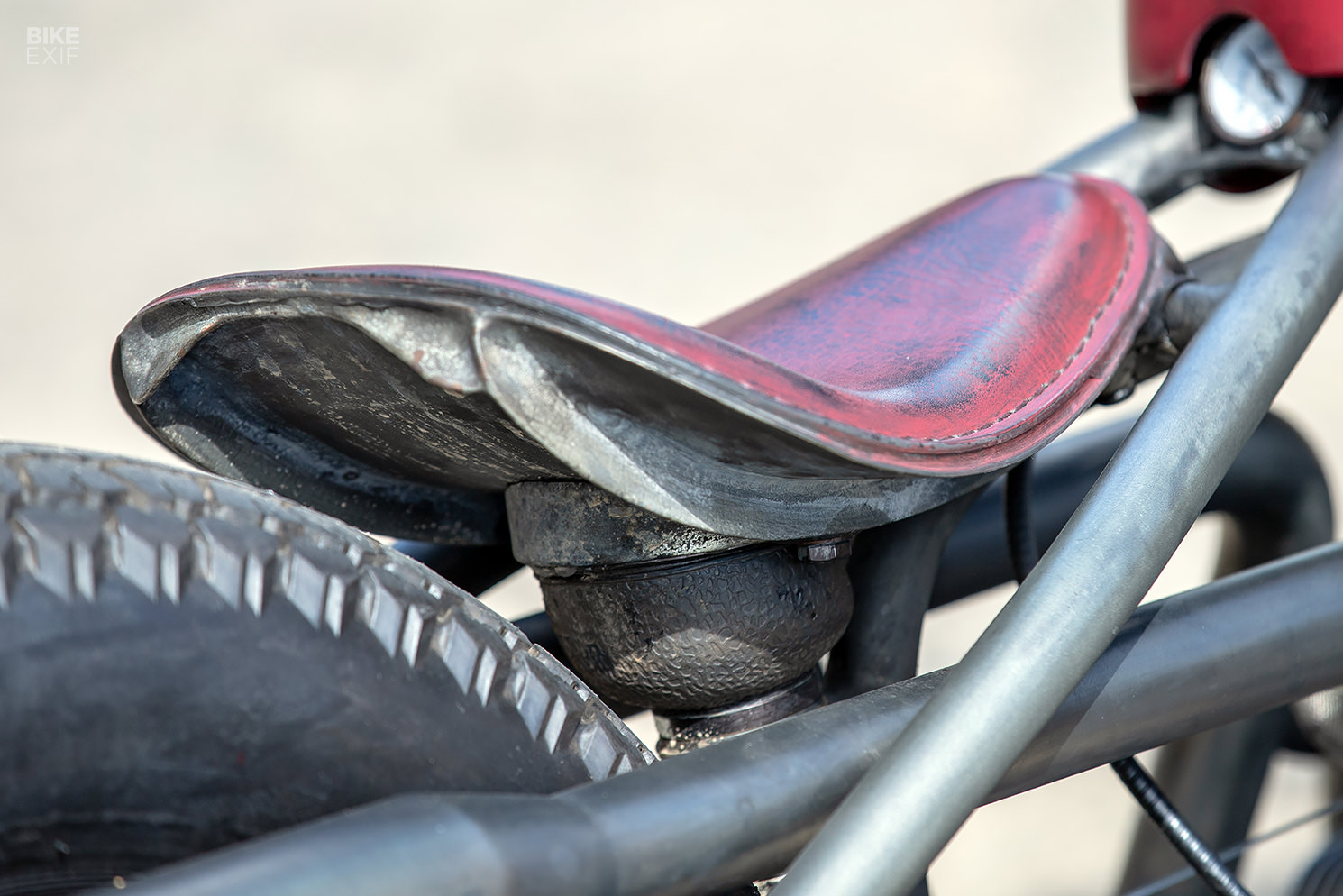
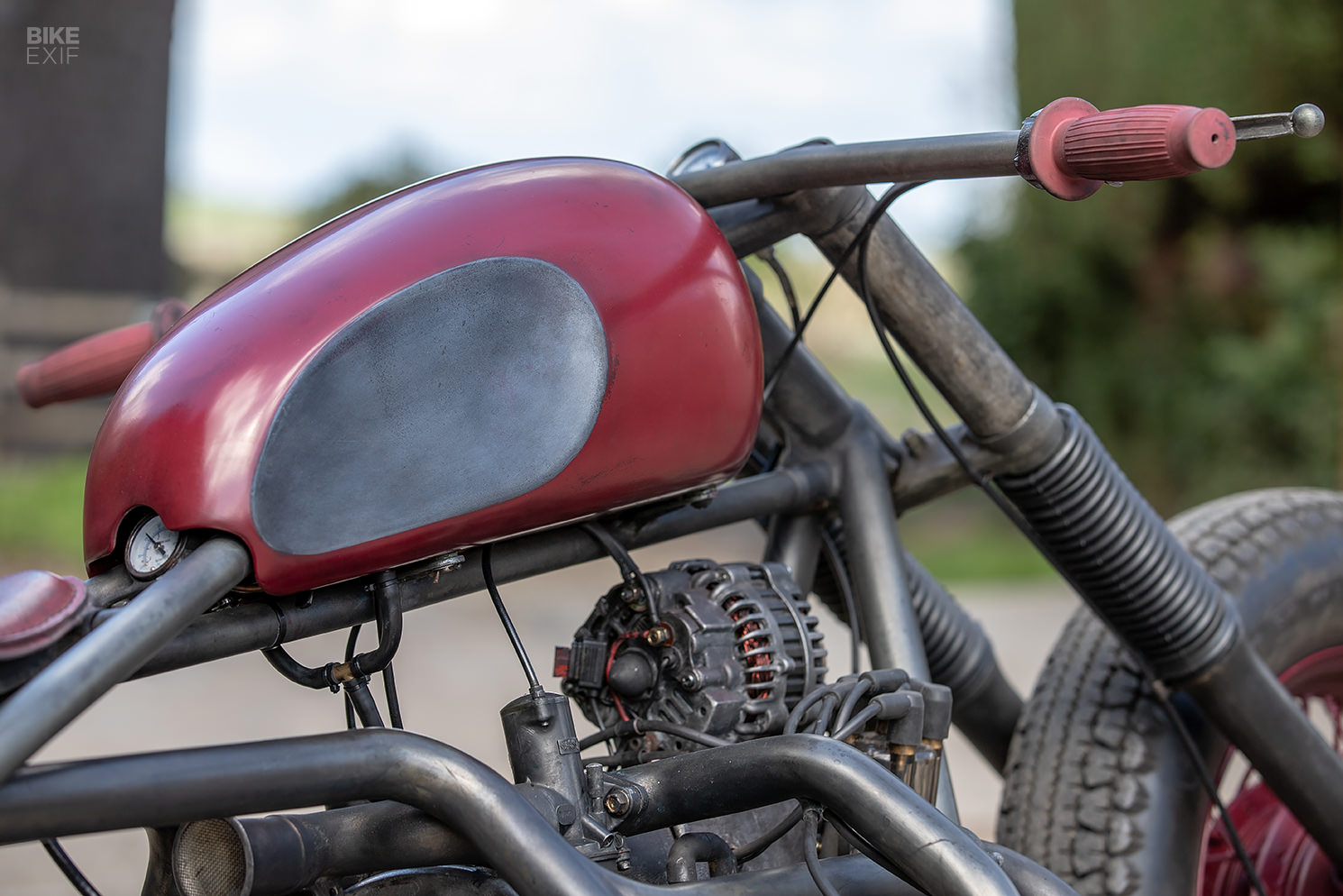
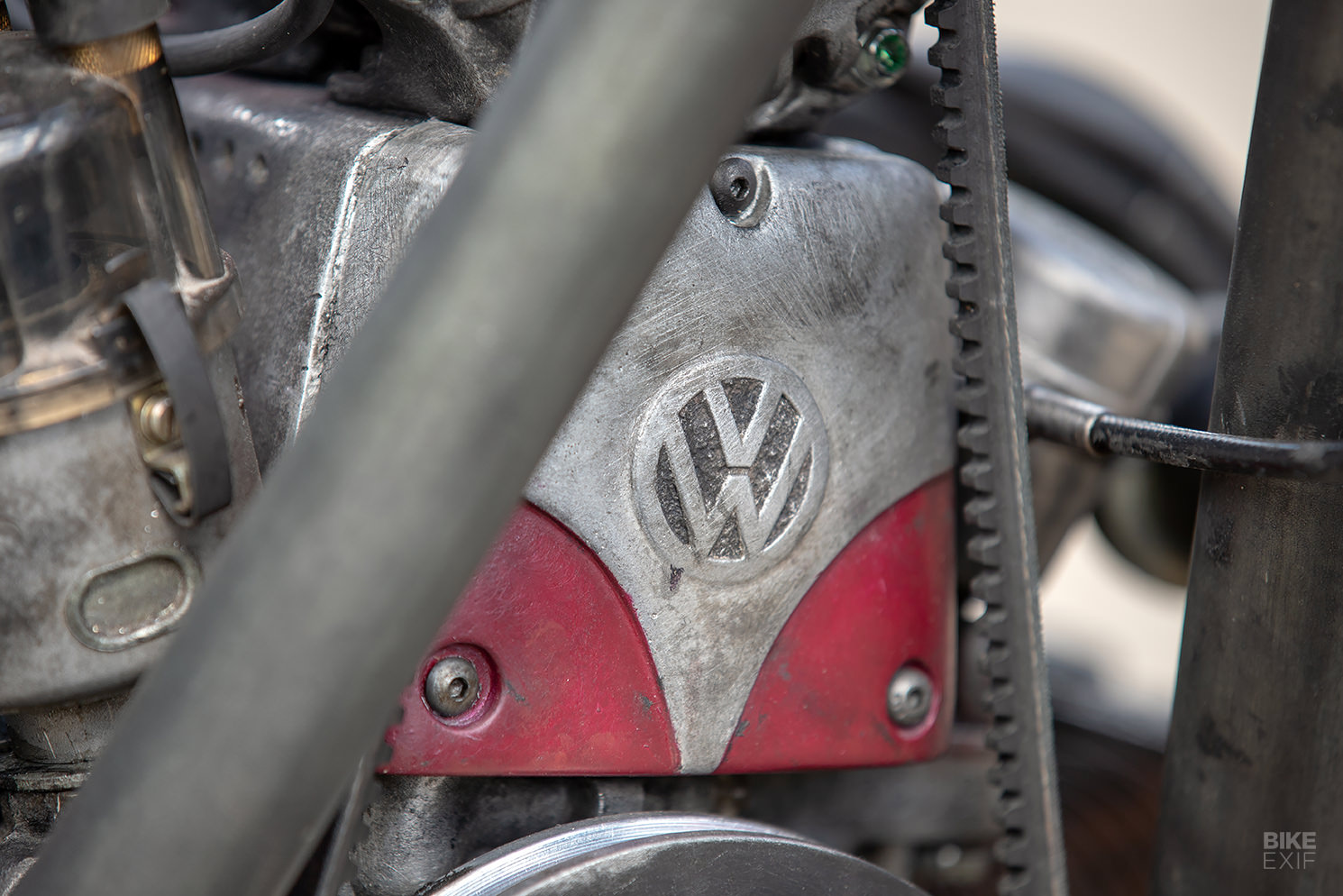
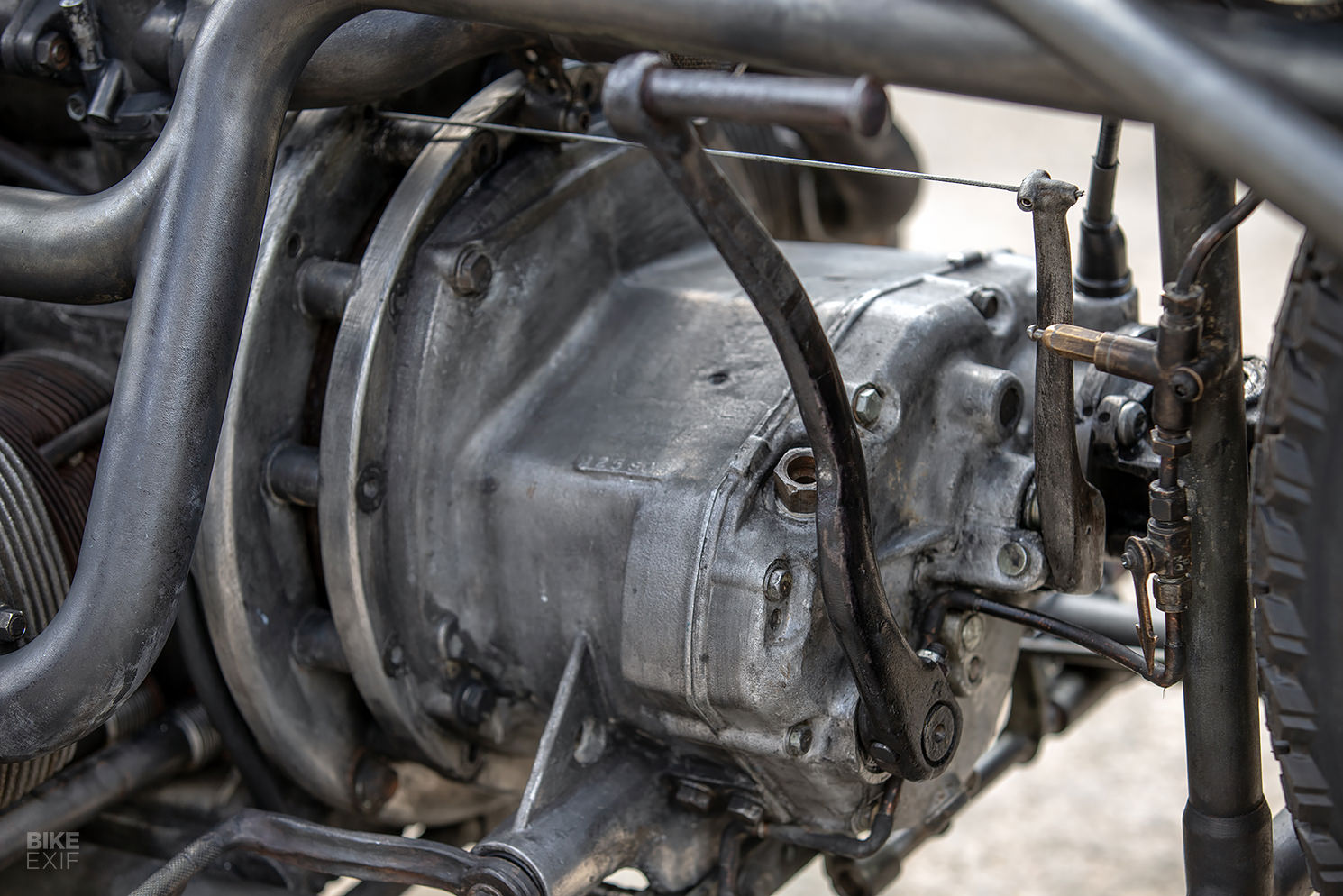
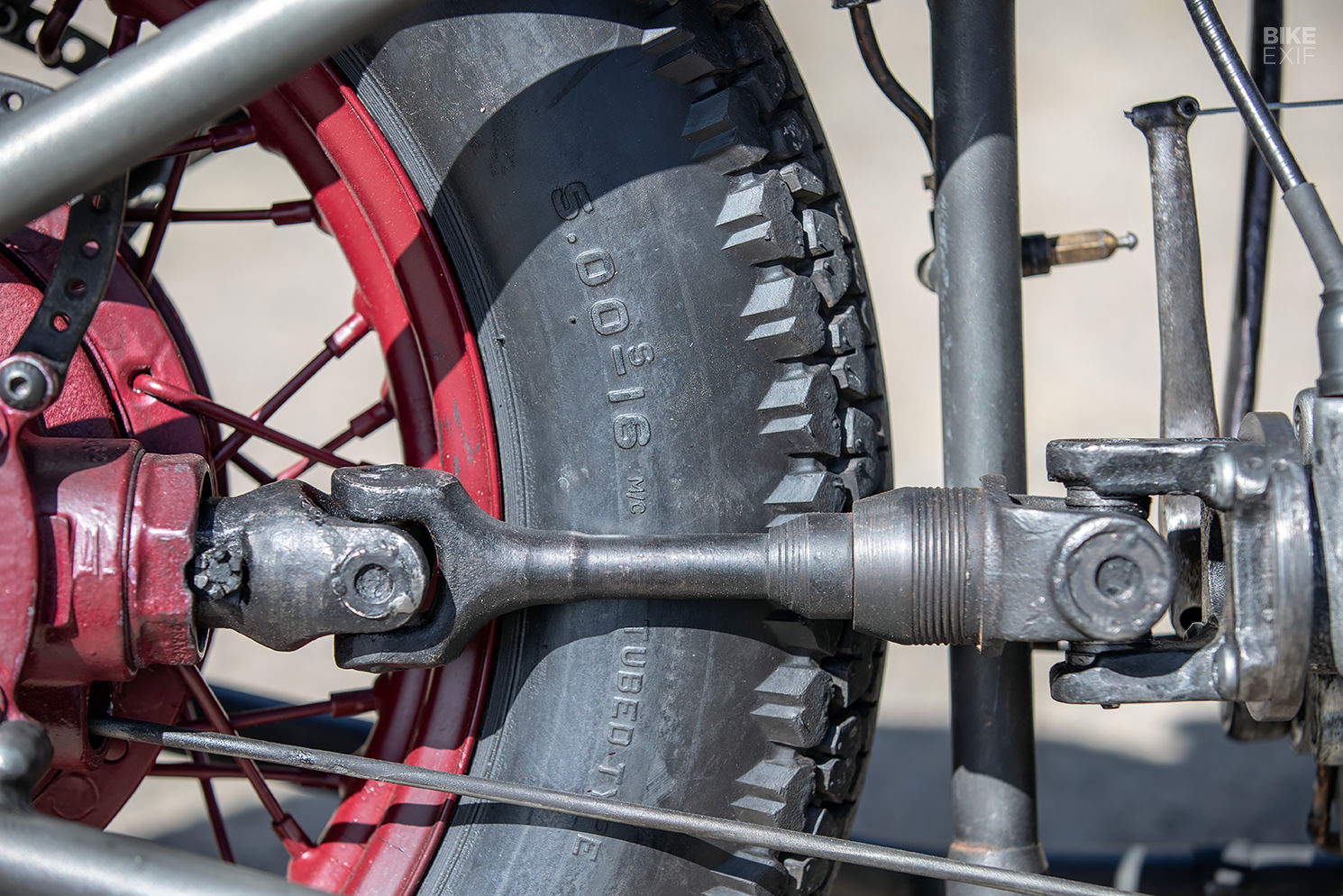
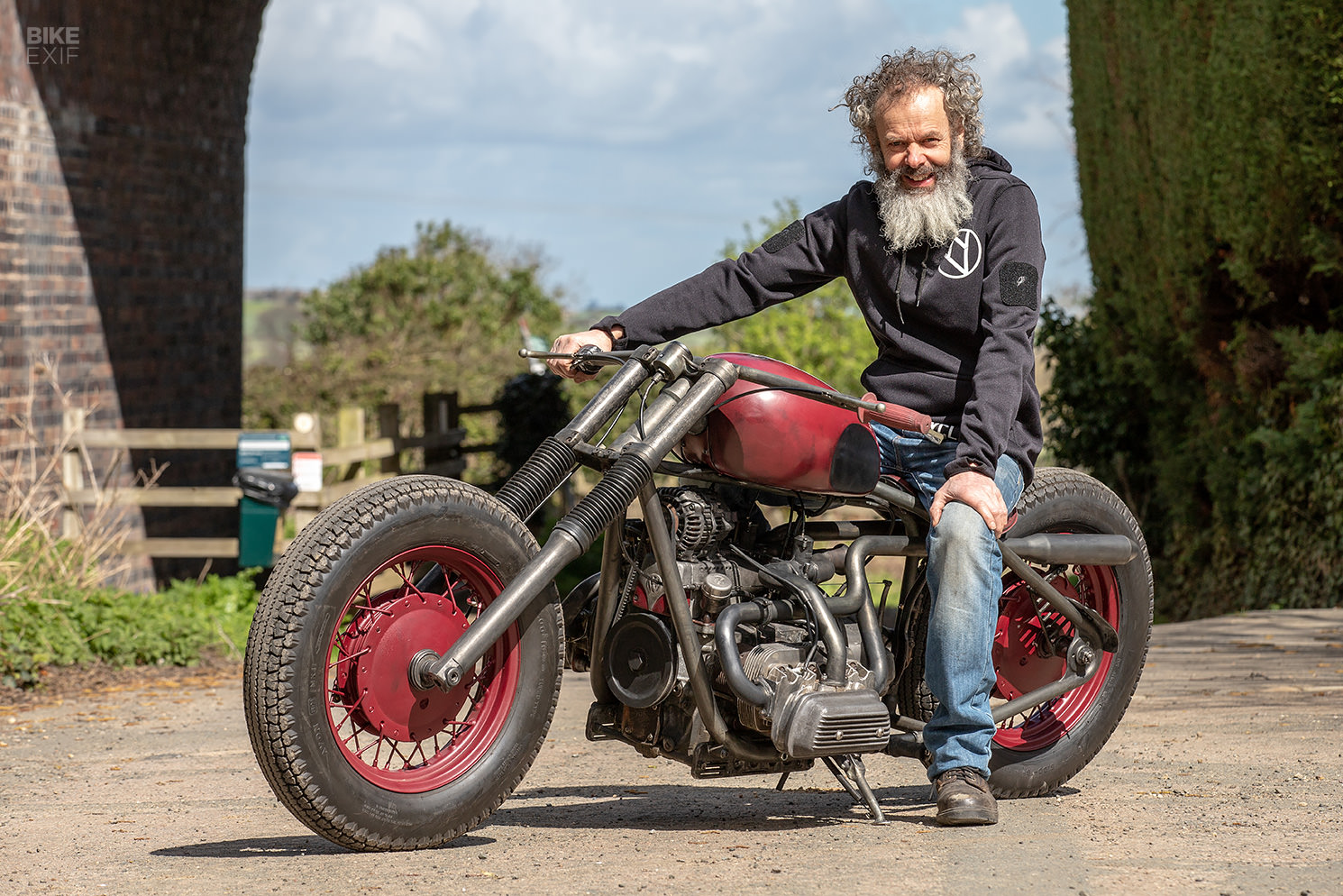
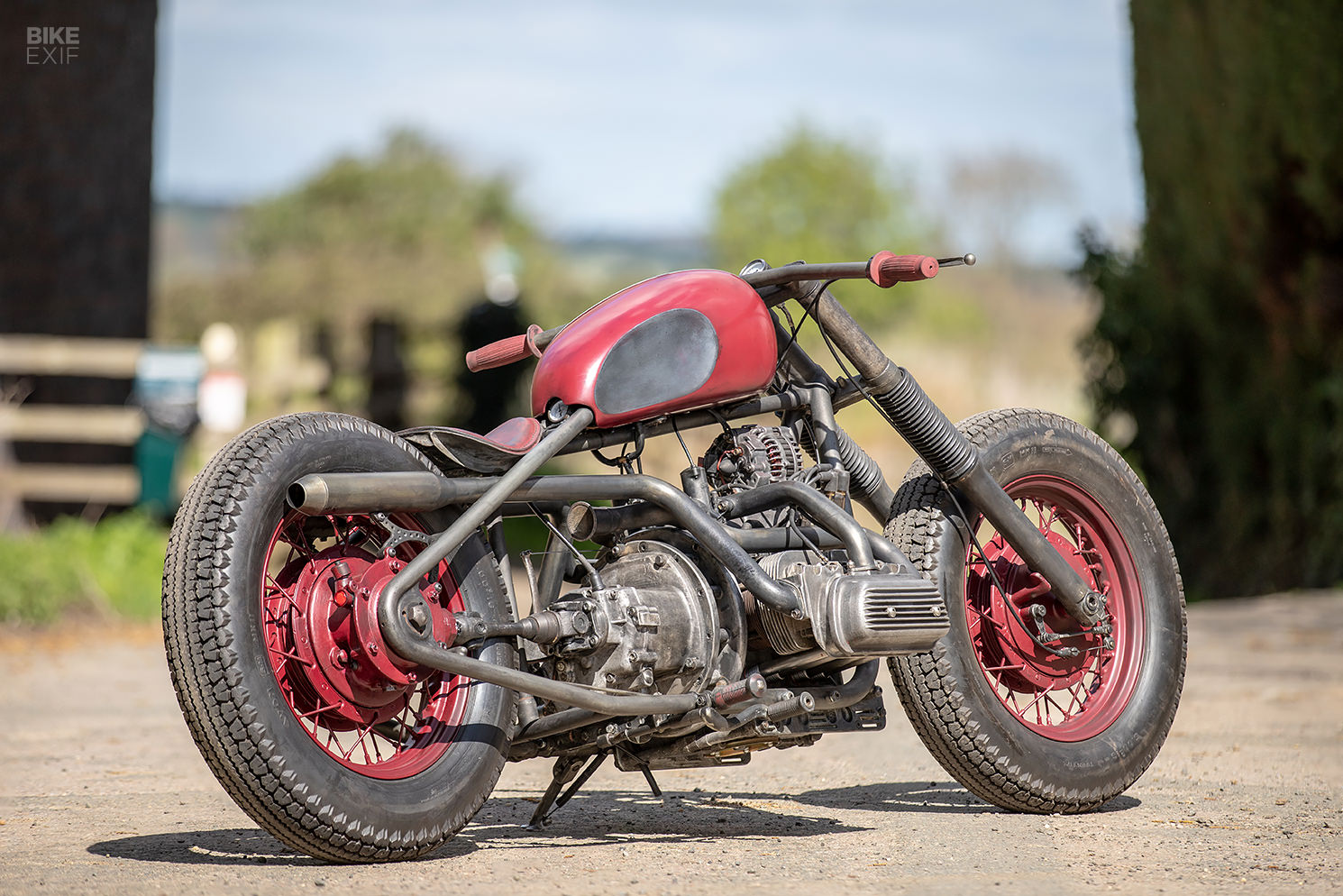
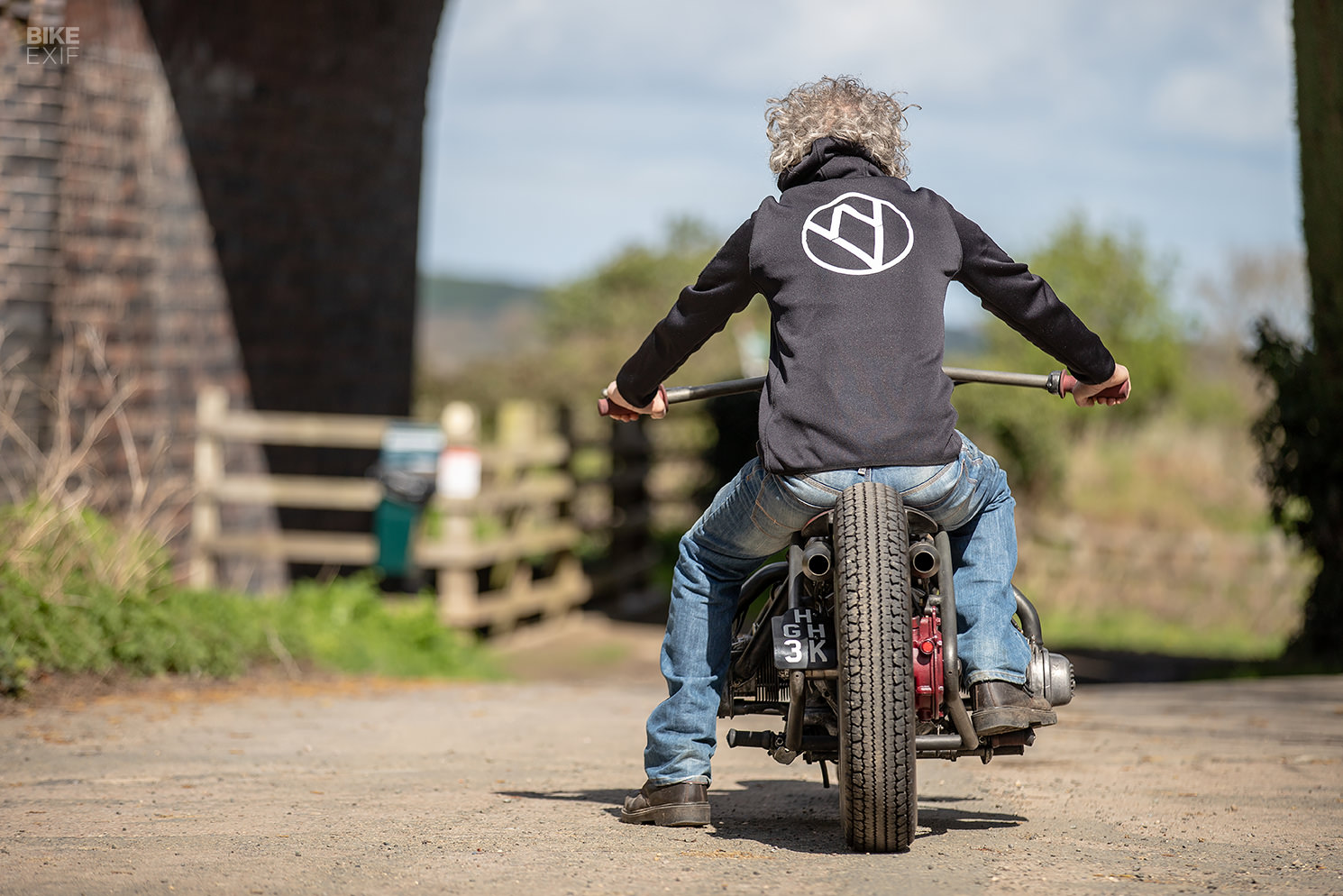
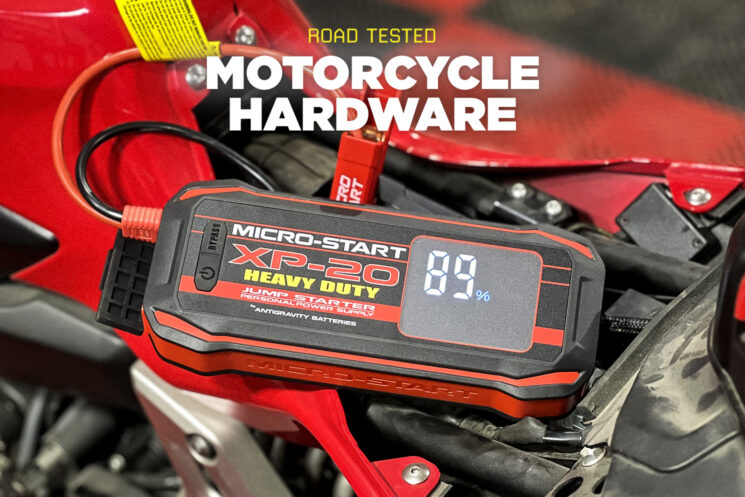
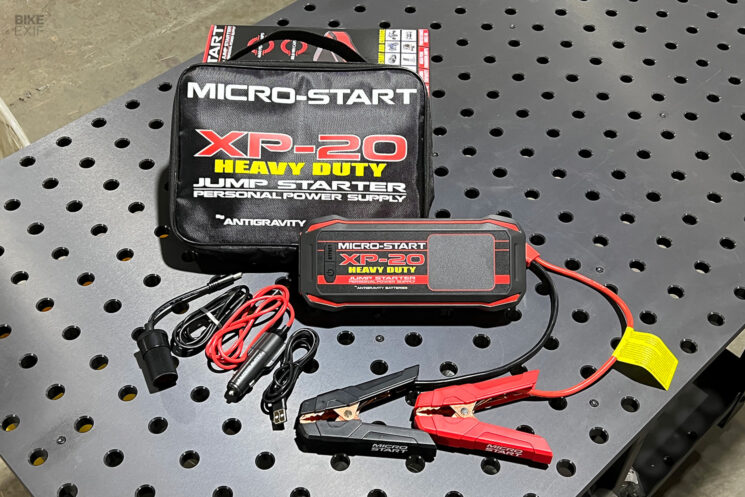
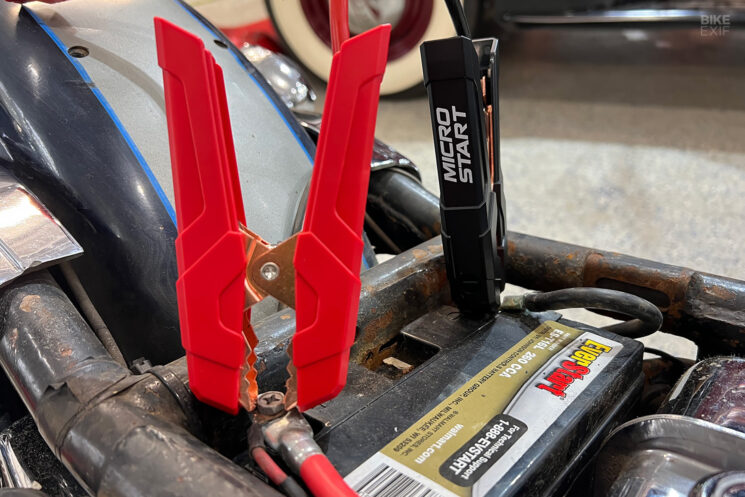
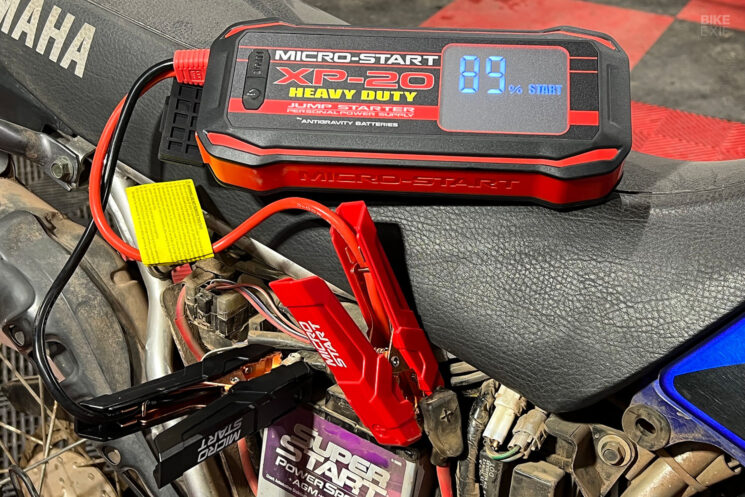
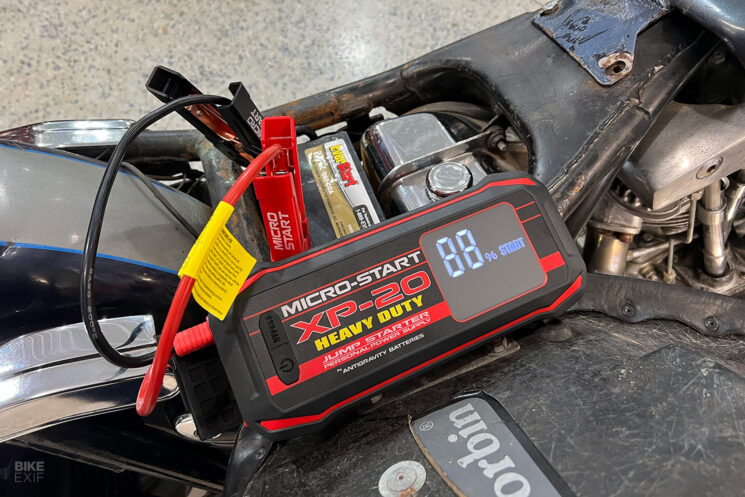
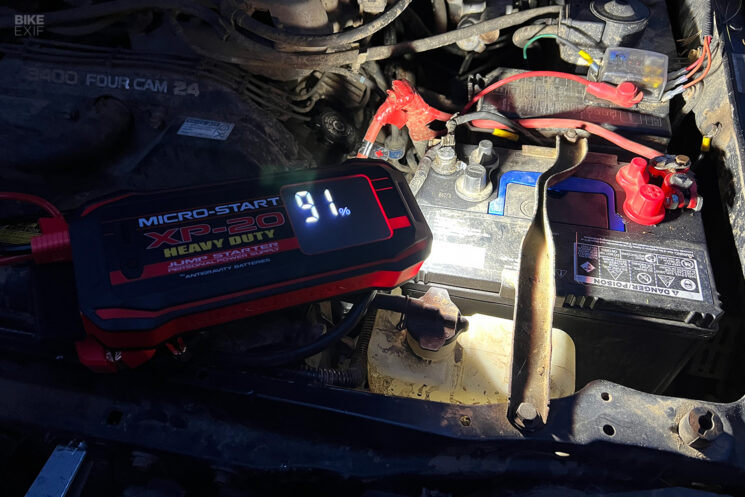
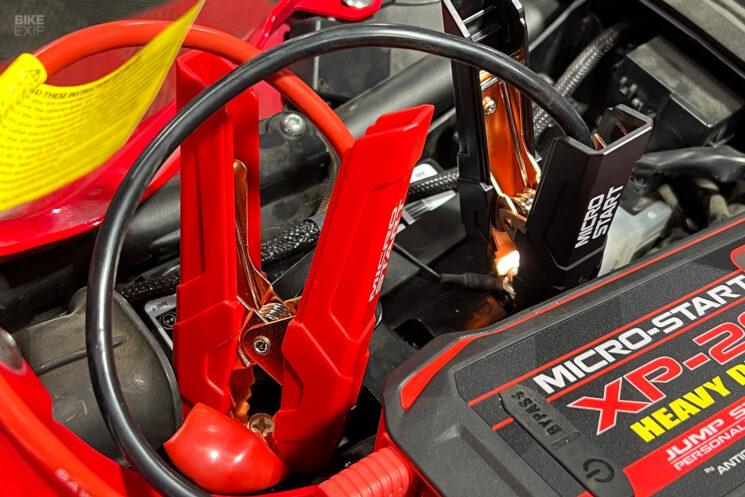
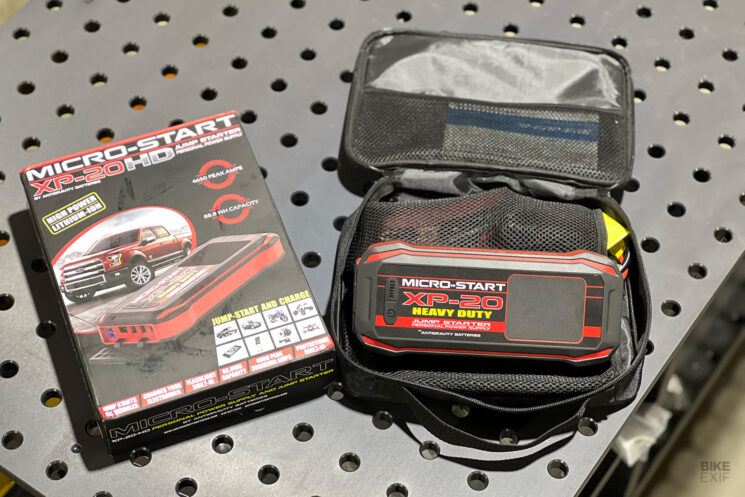
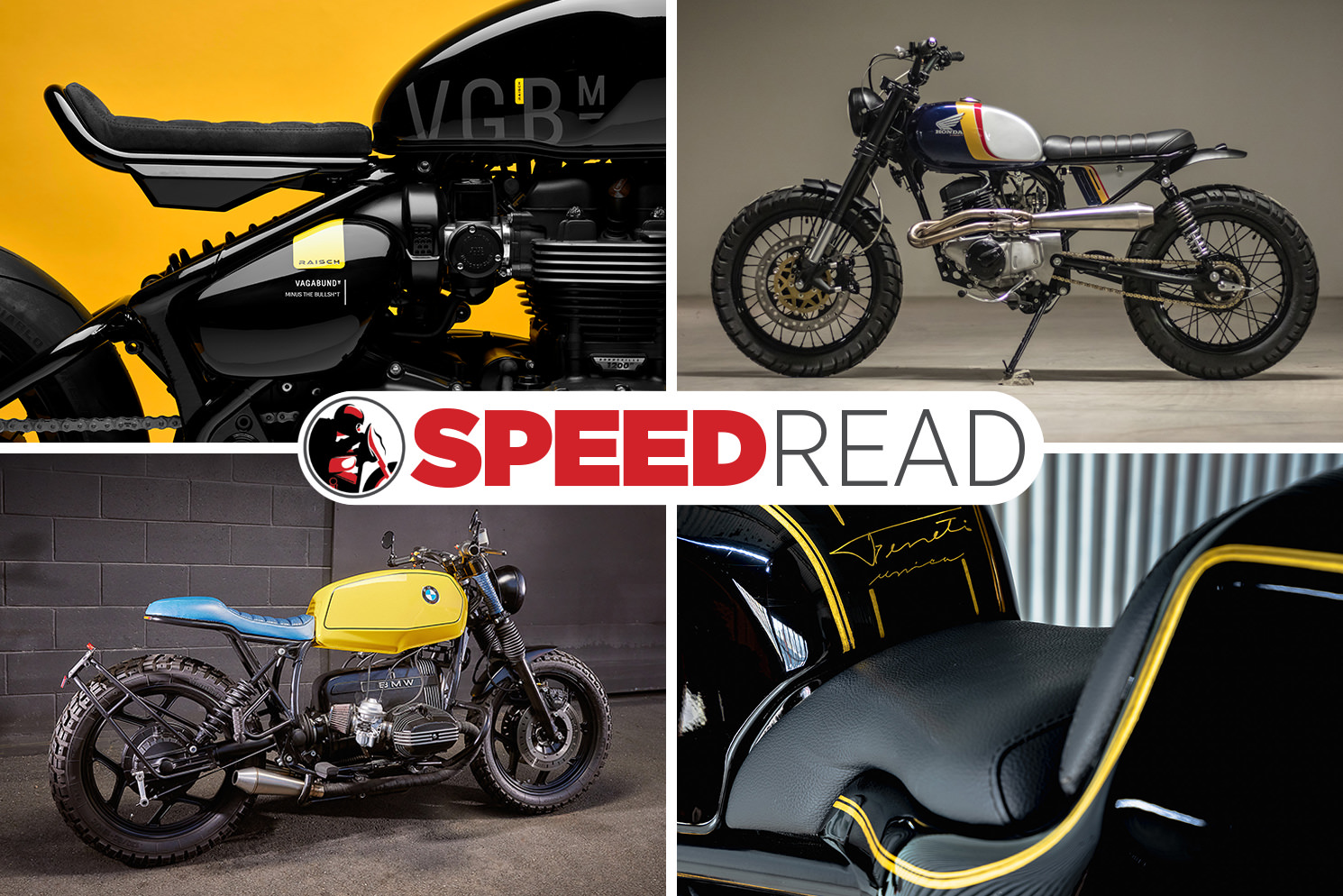
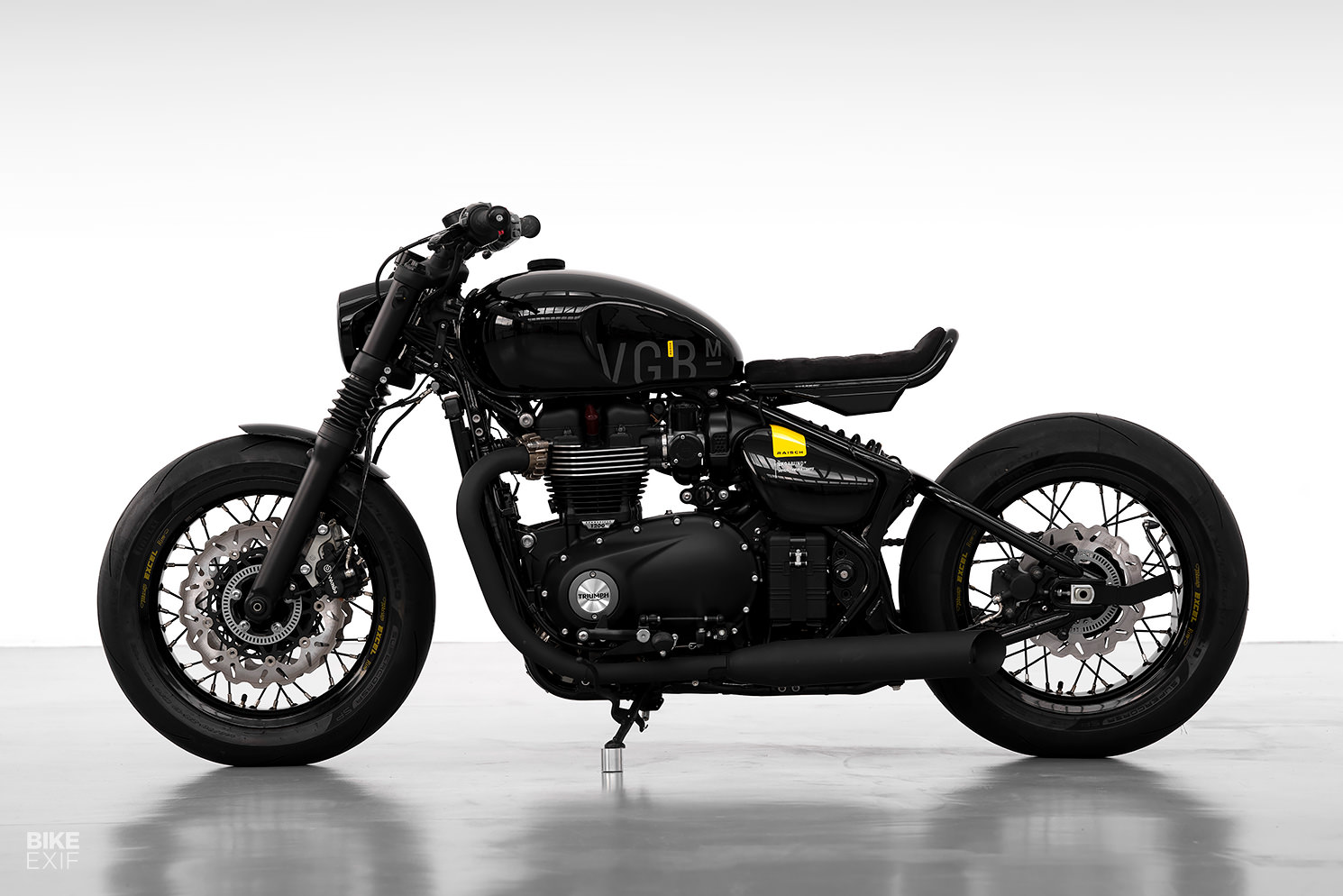
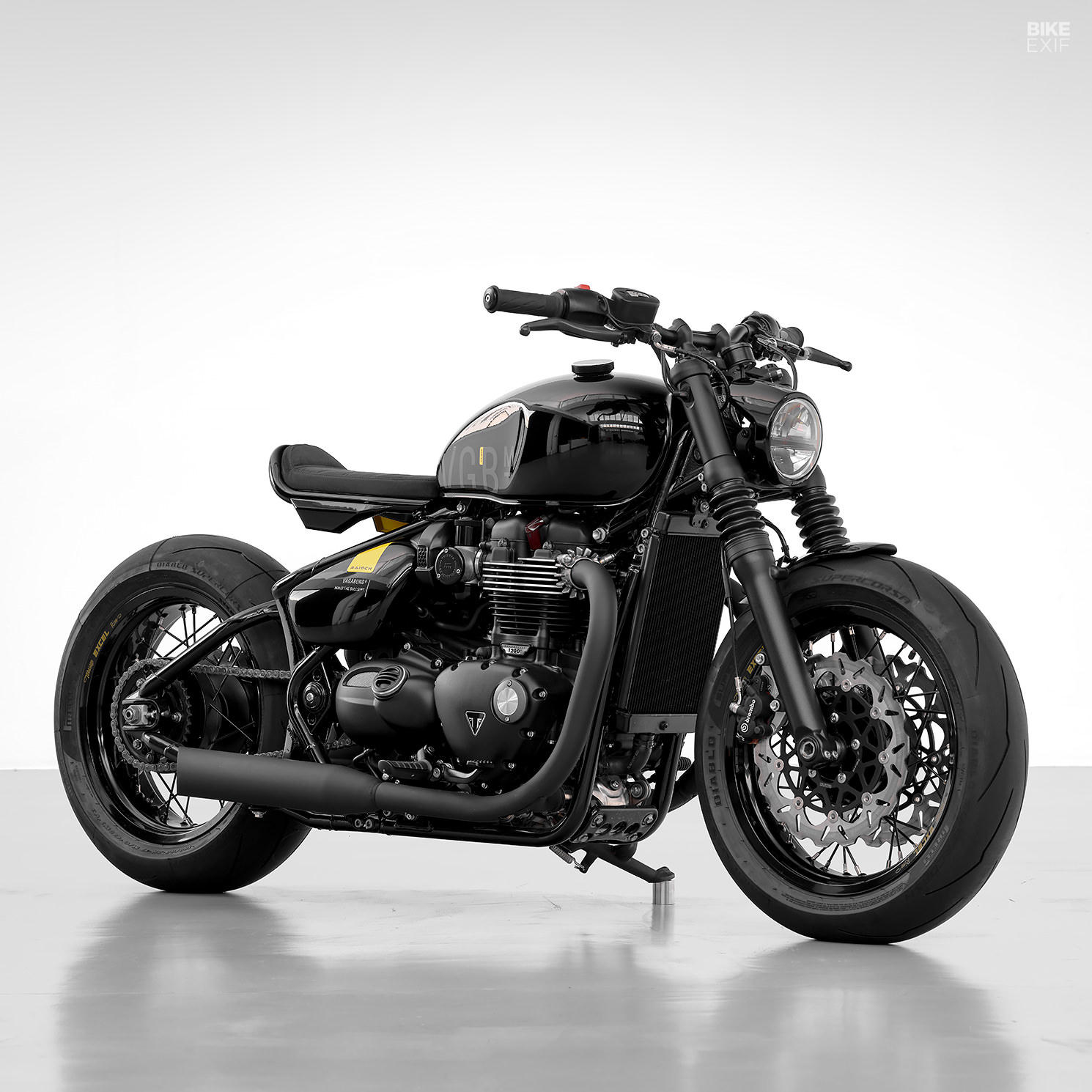
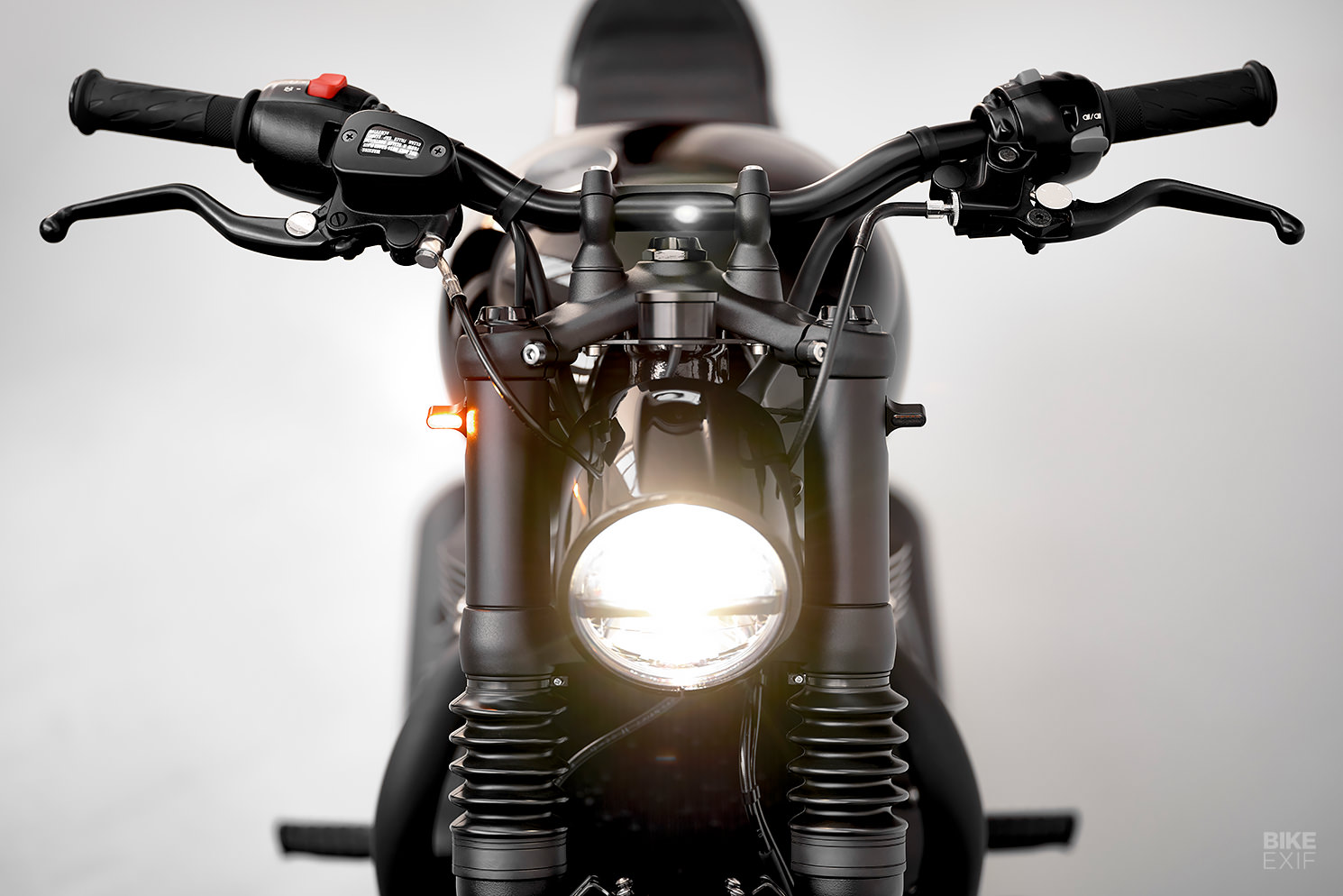
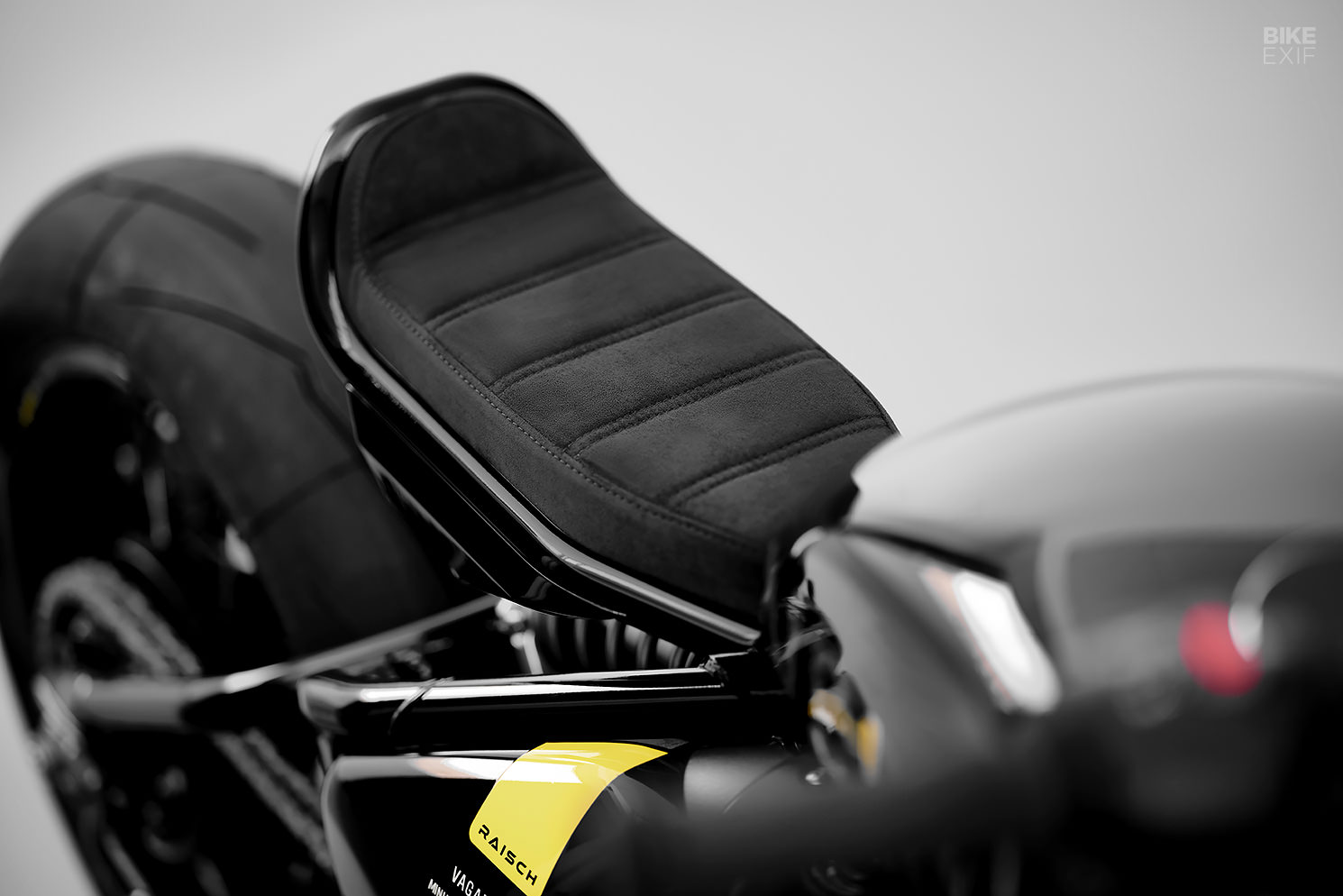
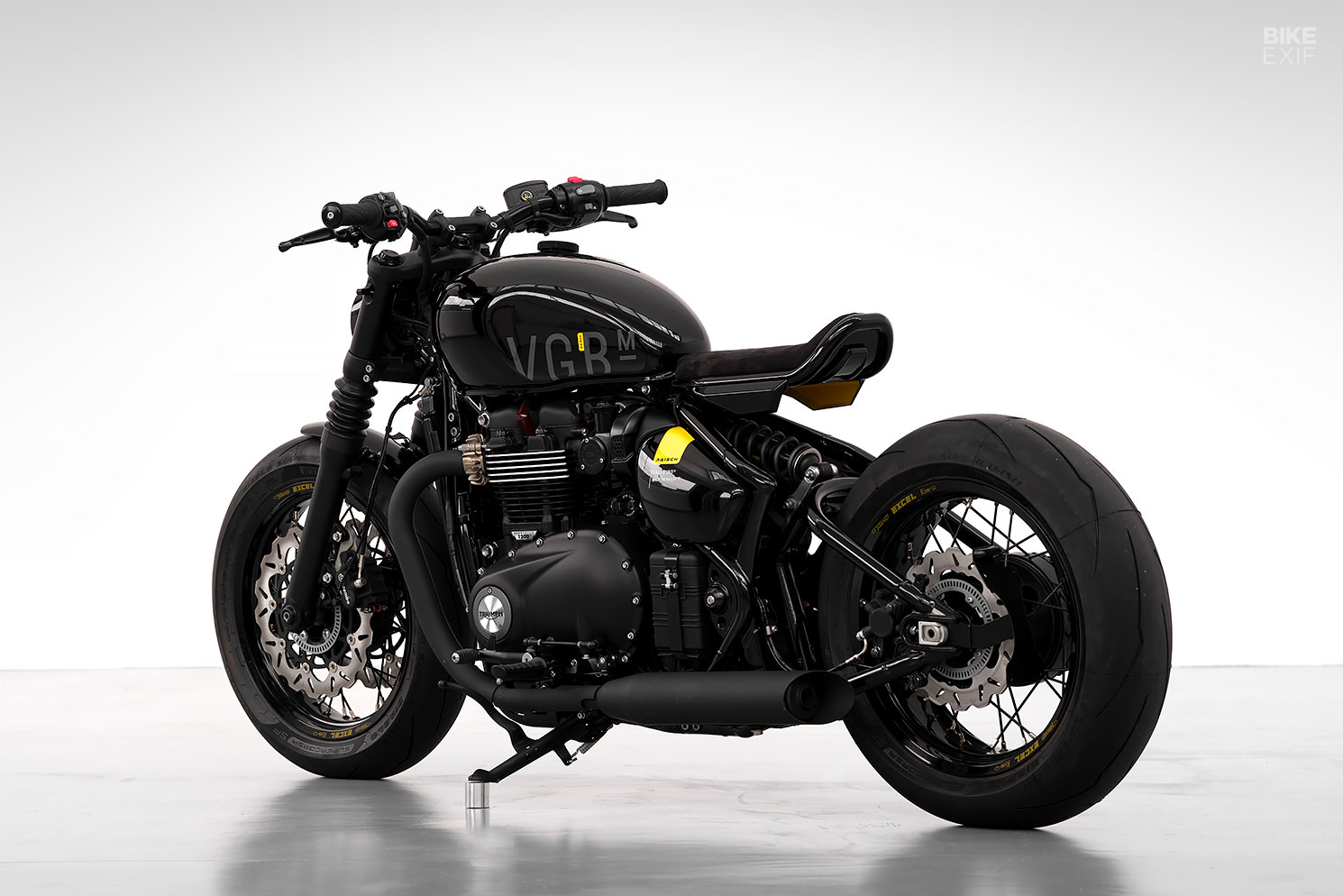
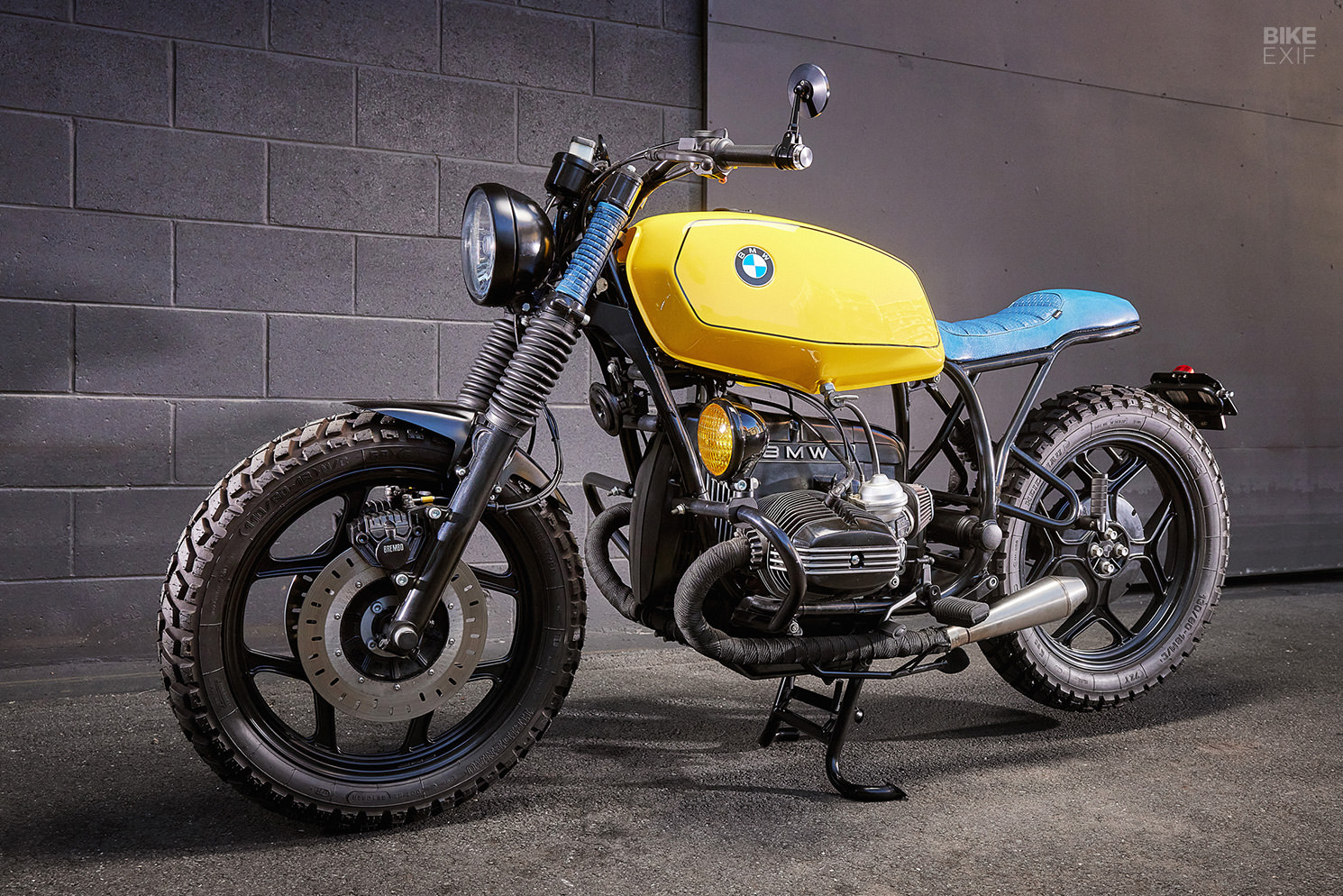
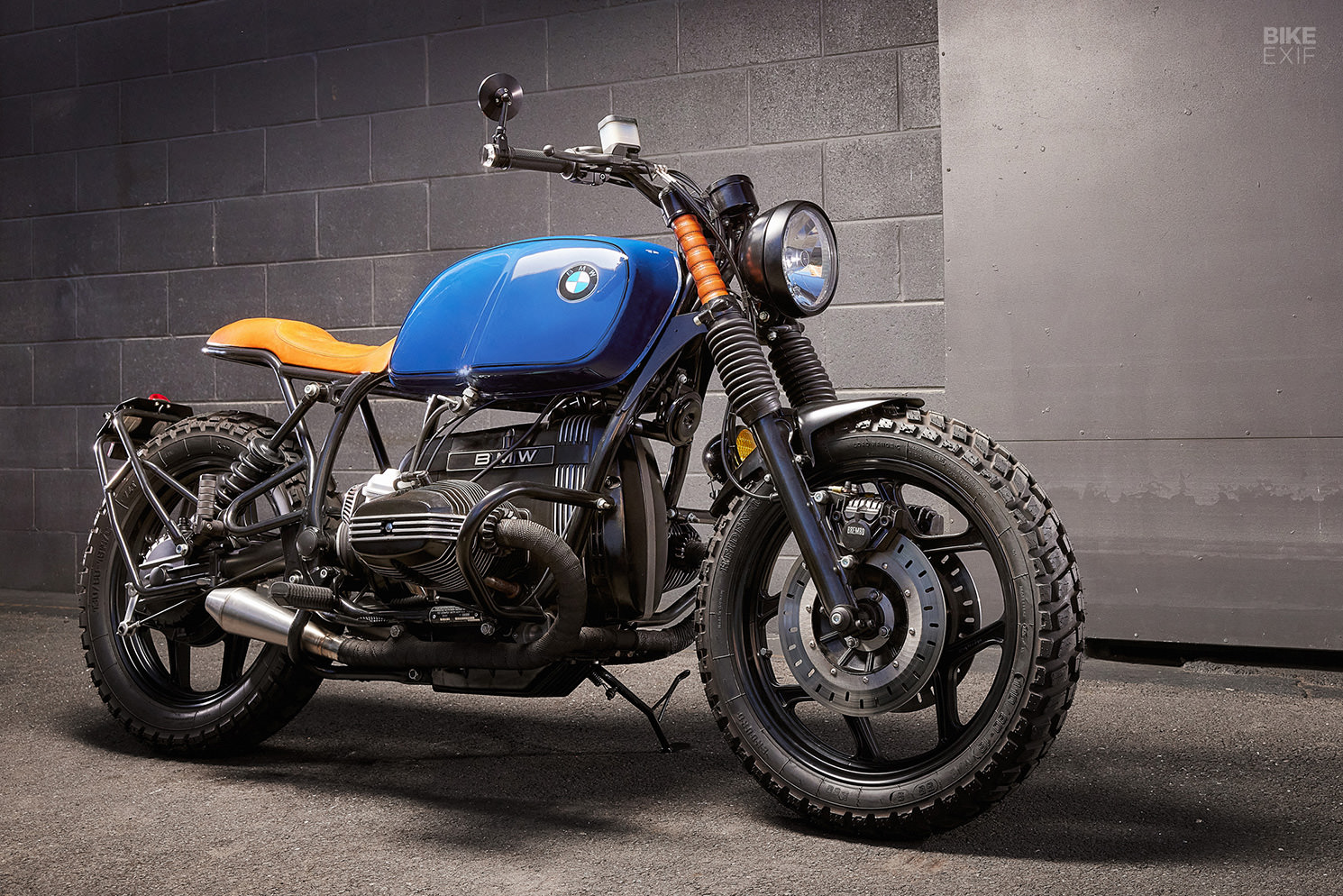
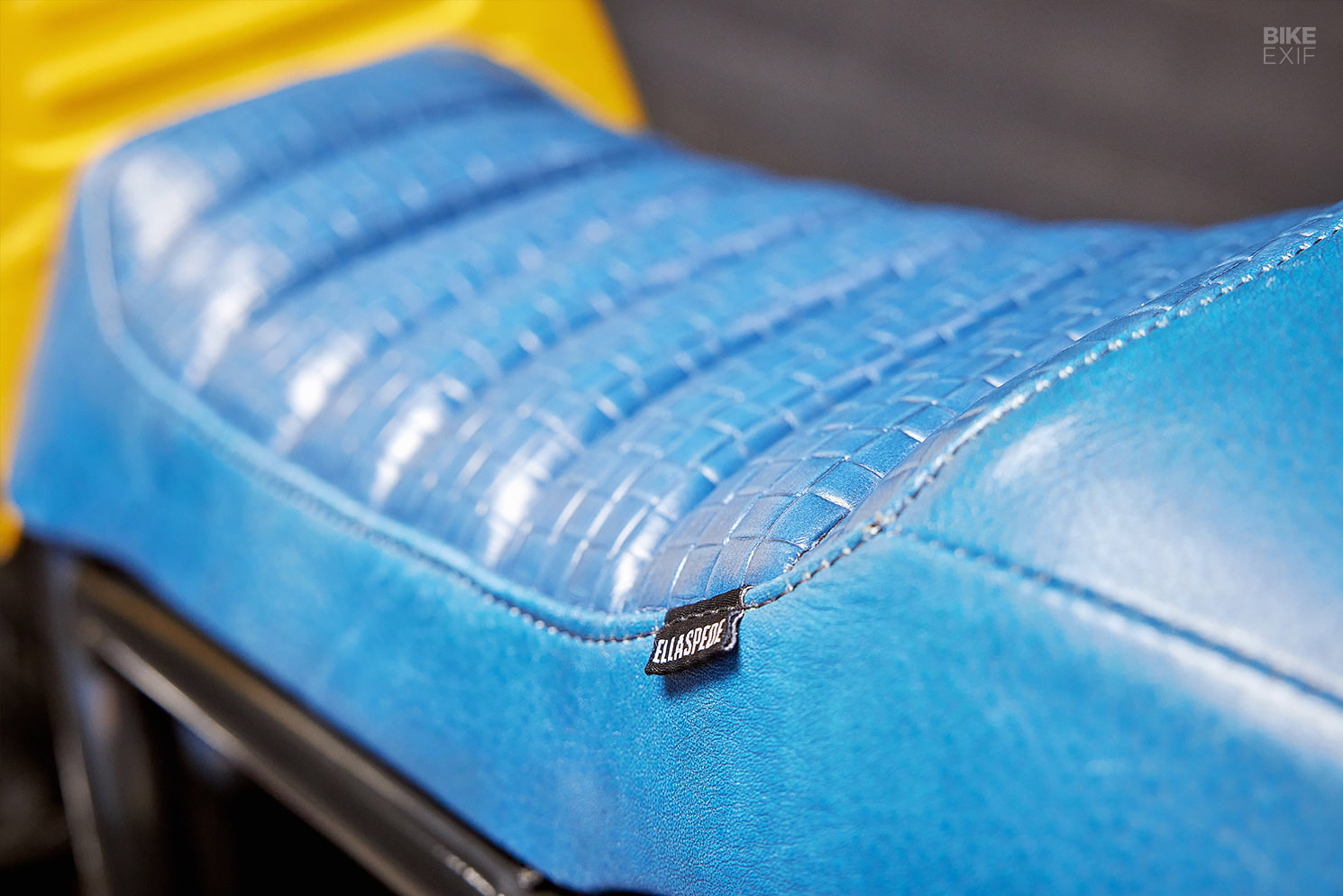
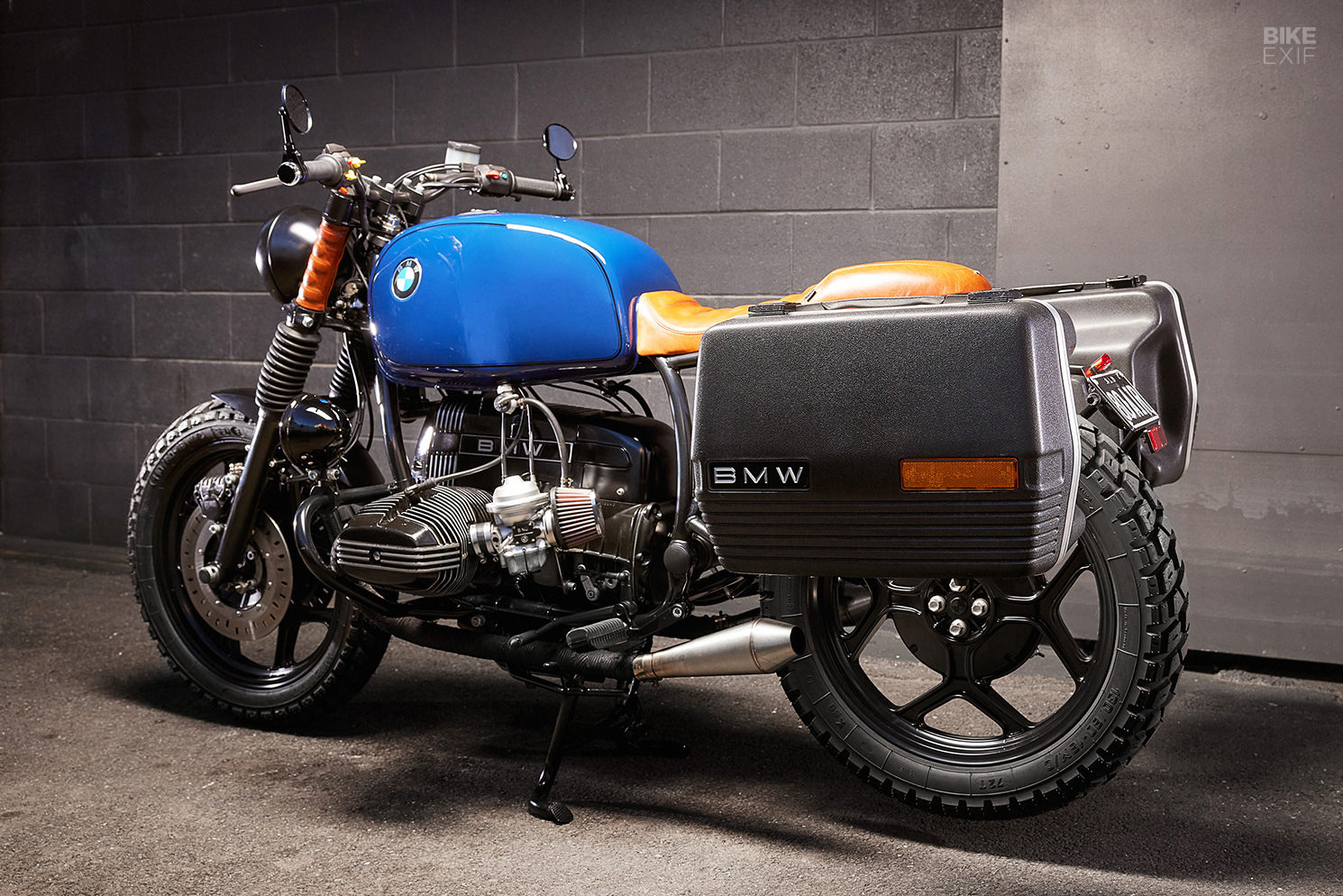
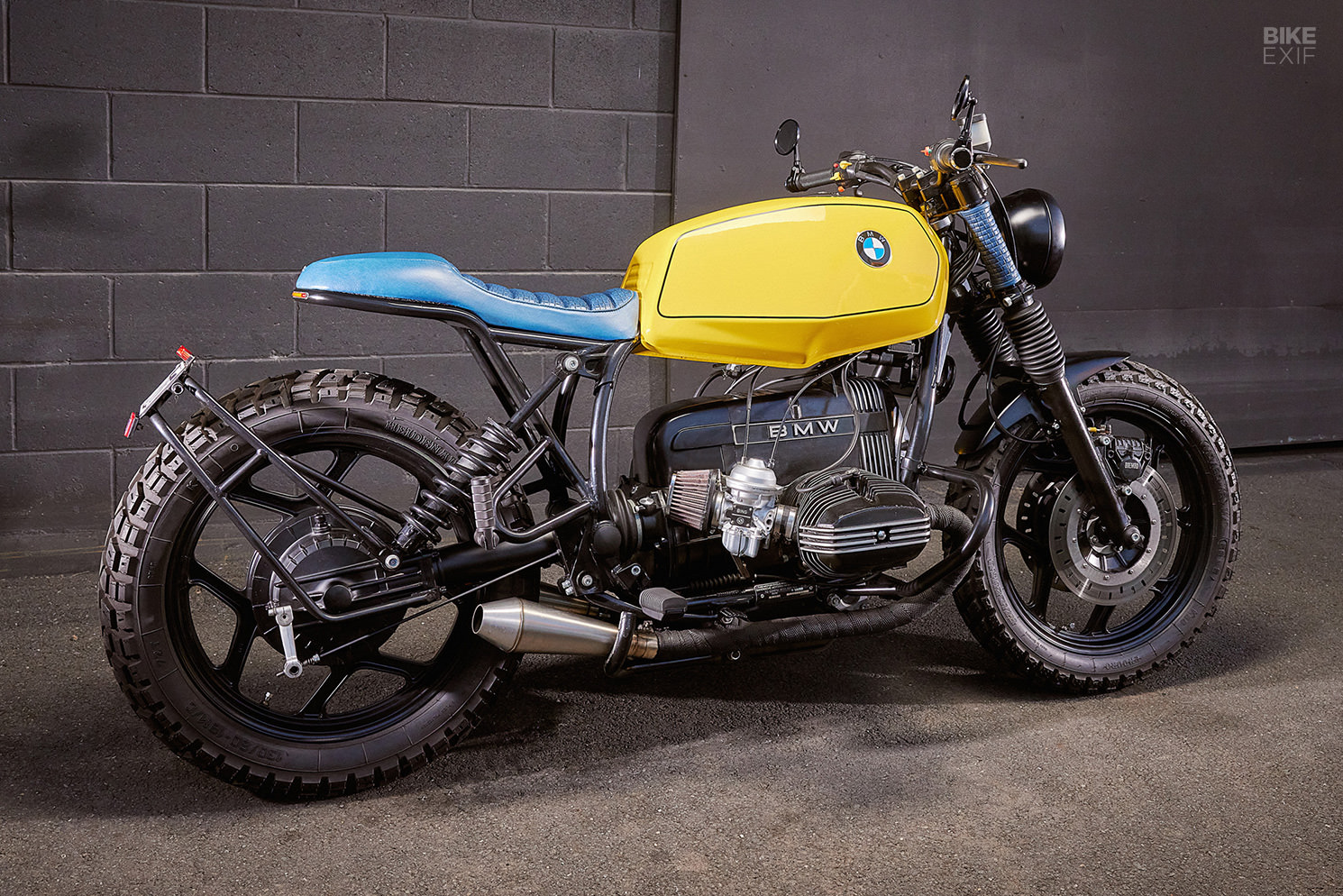
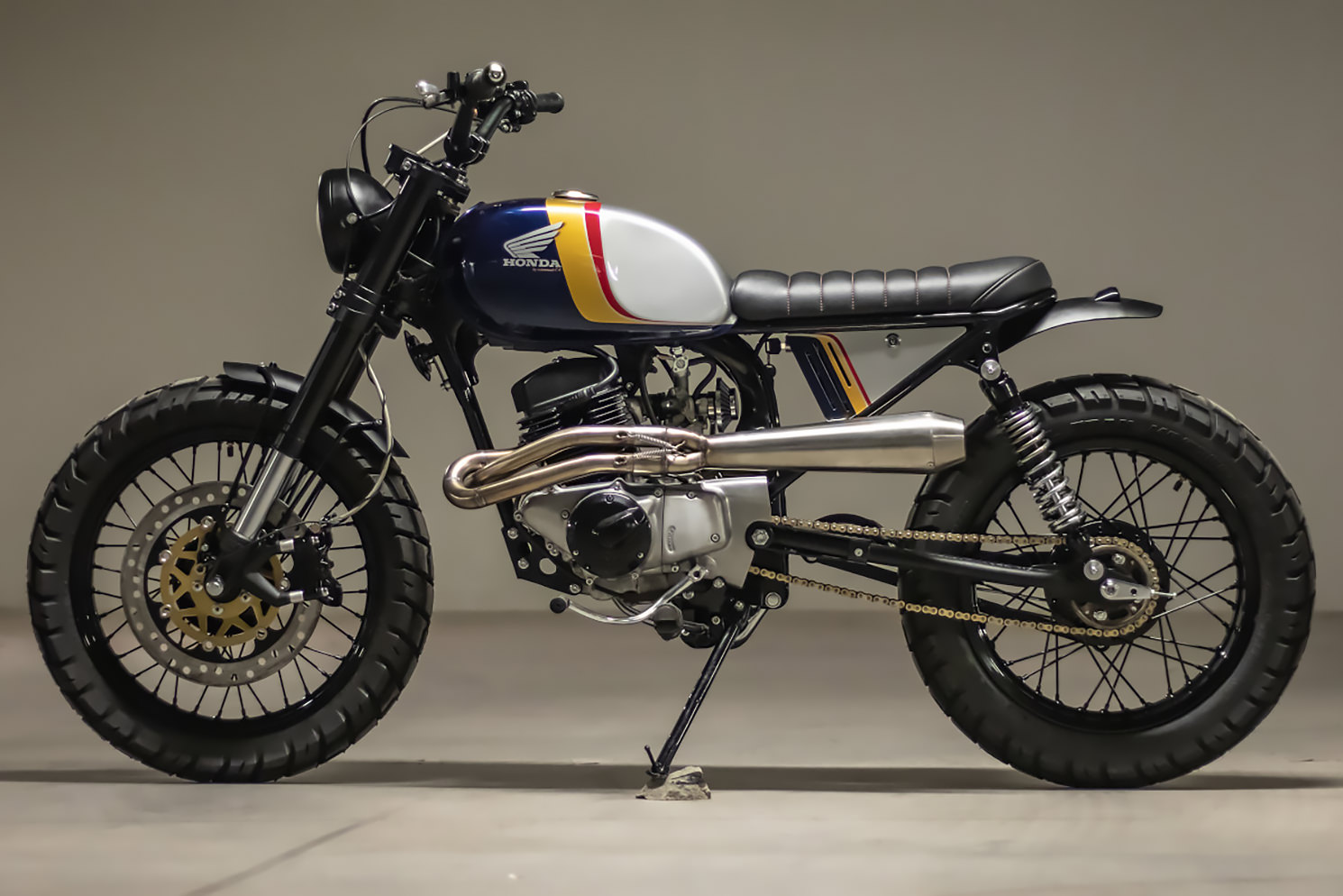
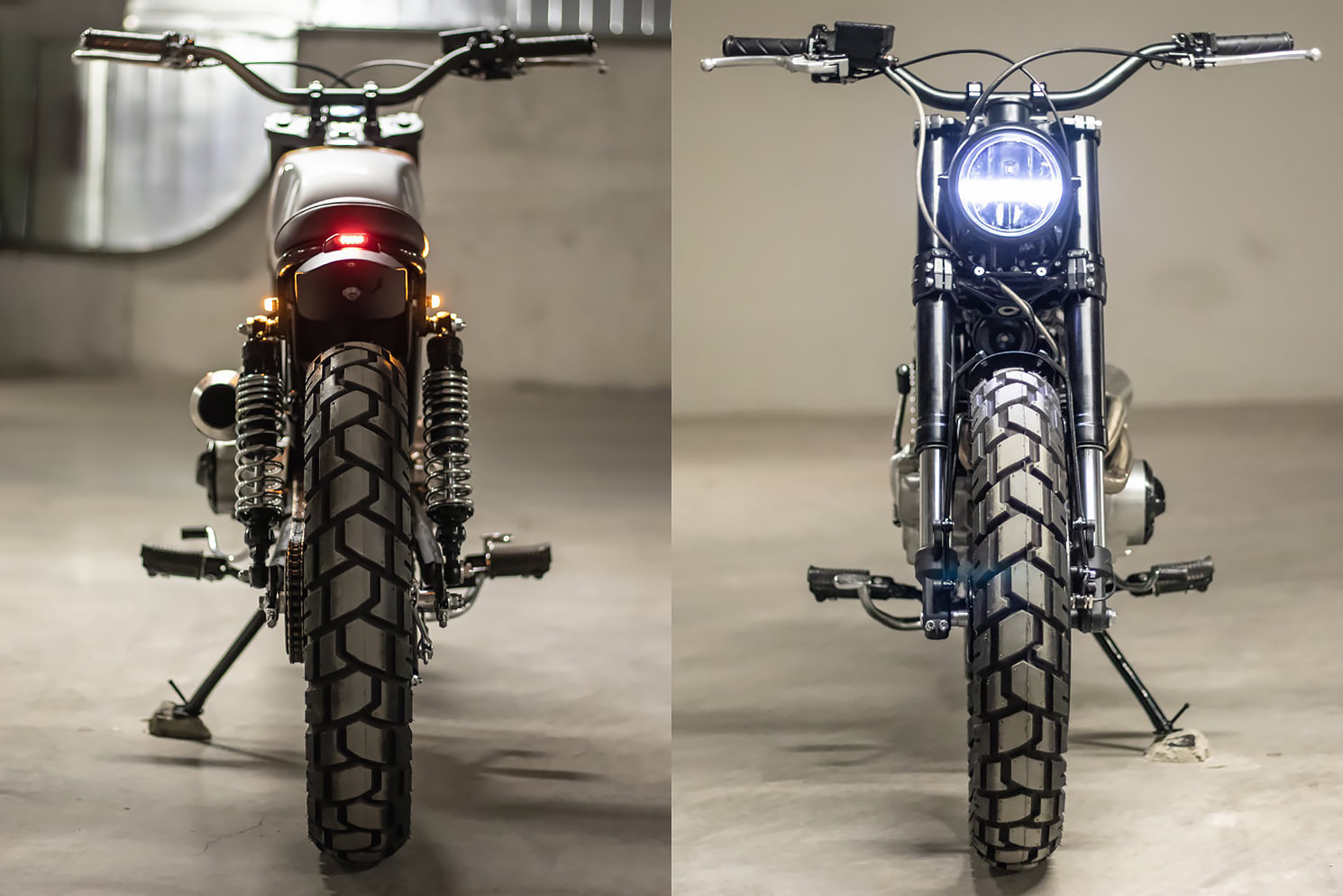
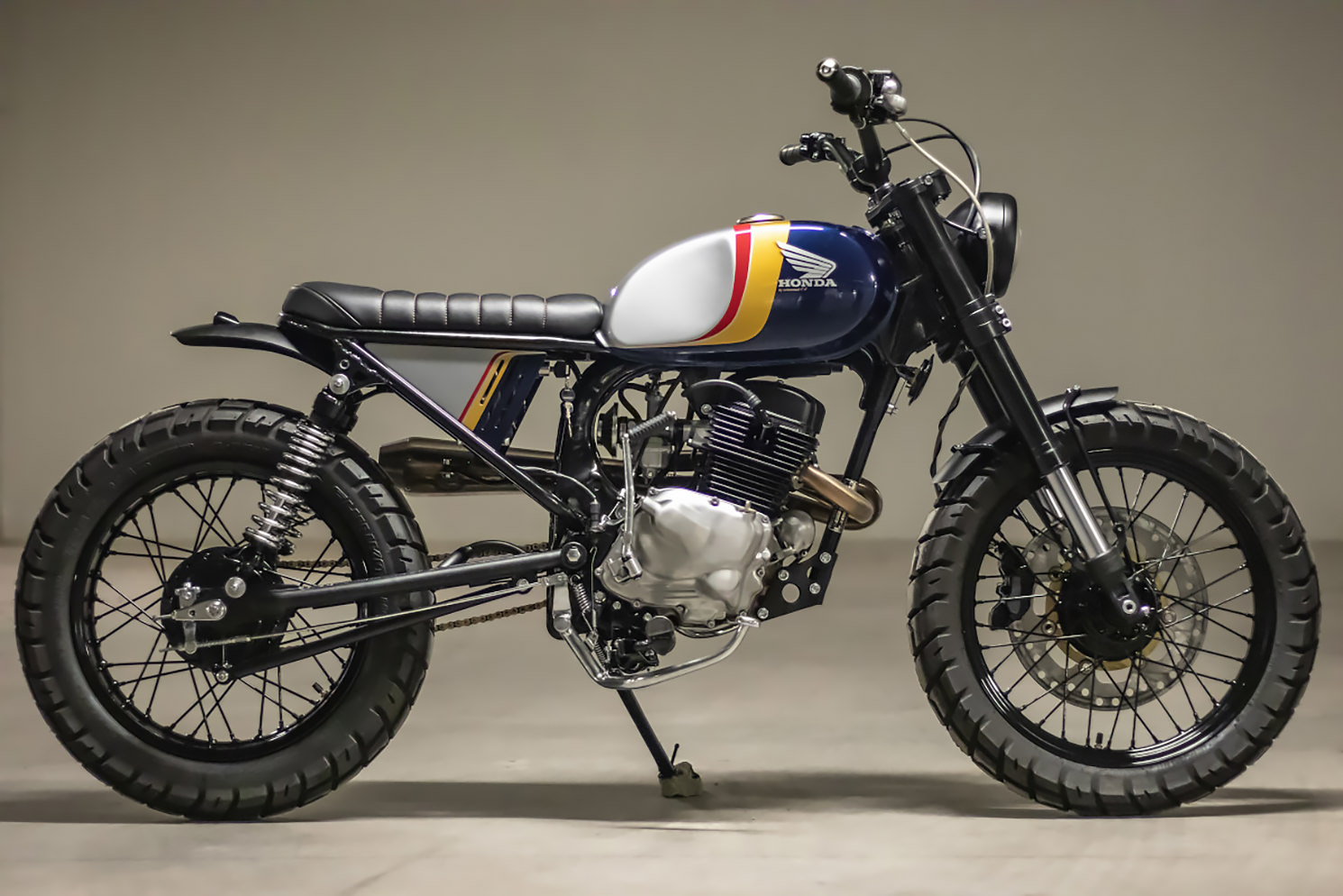
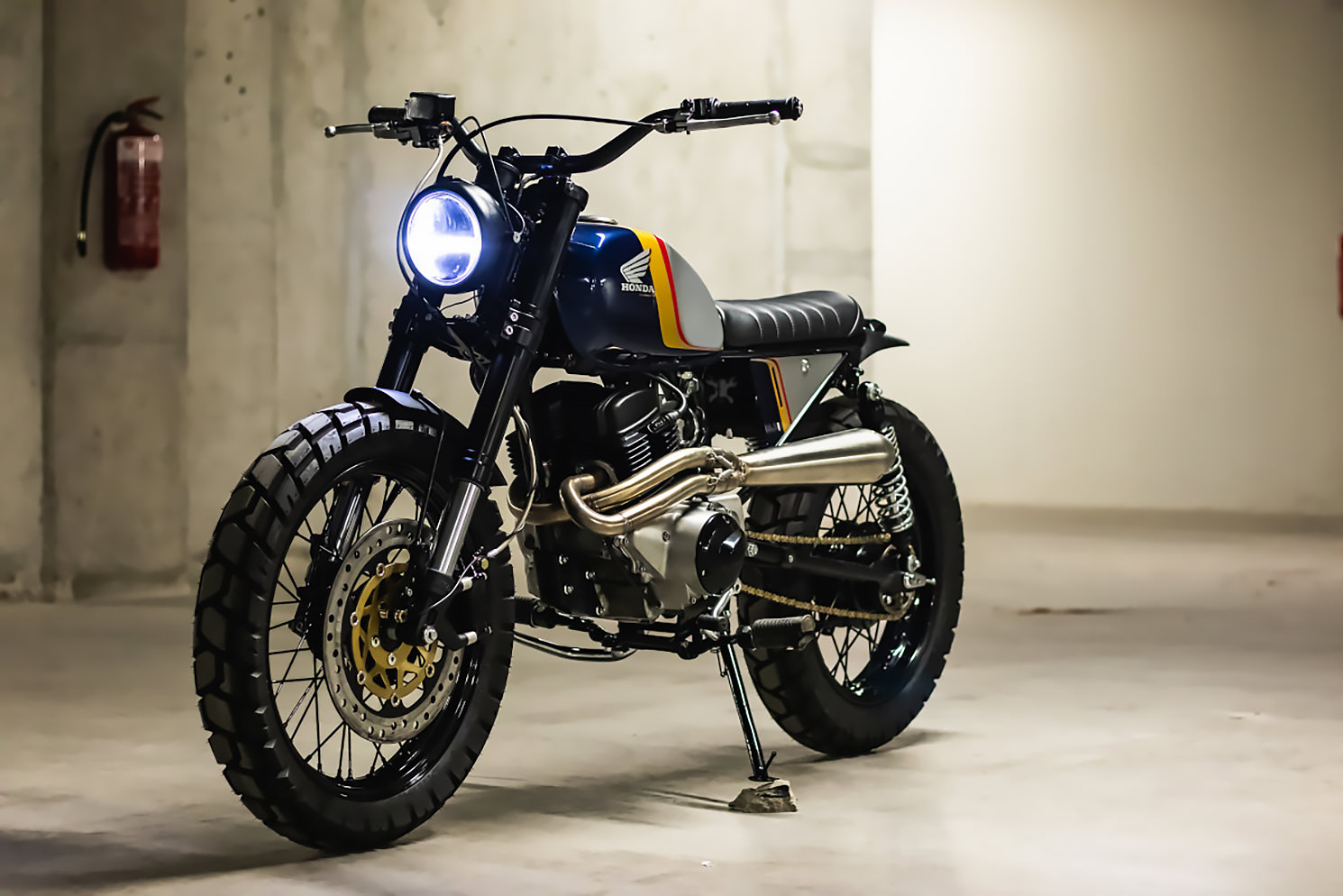

















 NESS: Ghezzi-Brian V-Twin Supersport.
NESS: Ghezzi-Brian V-Twin Supersport. 








































